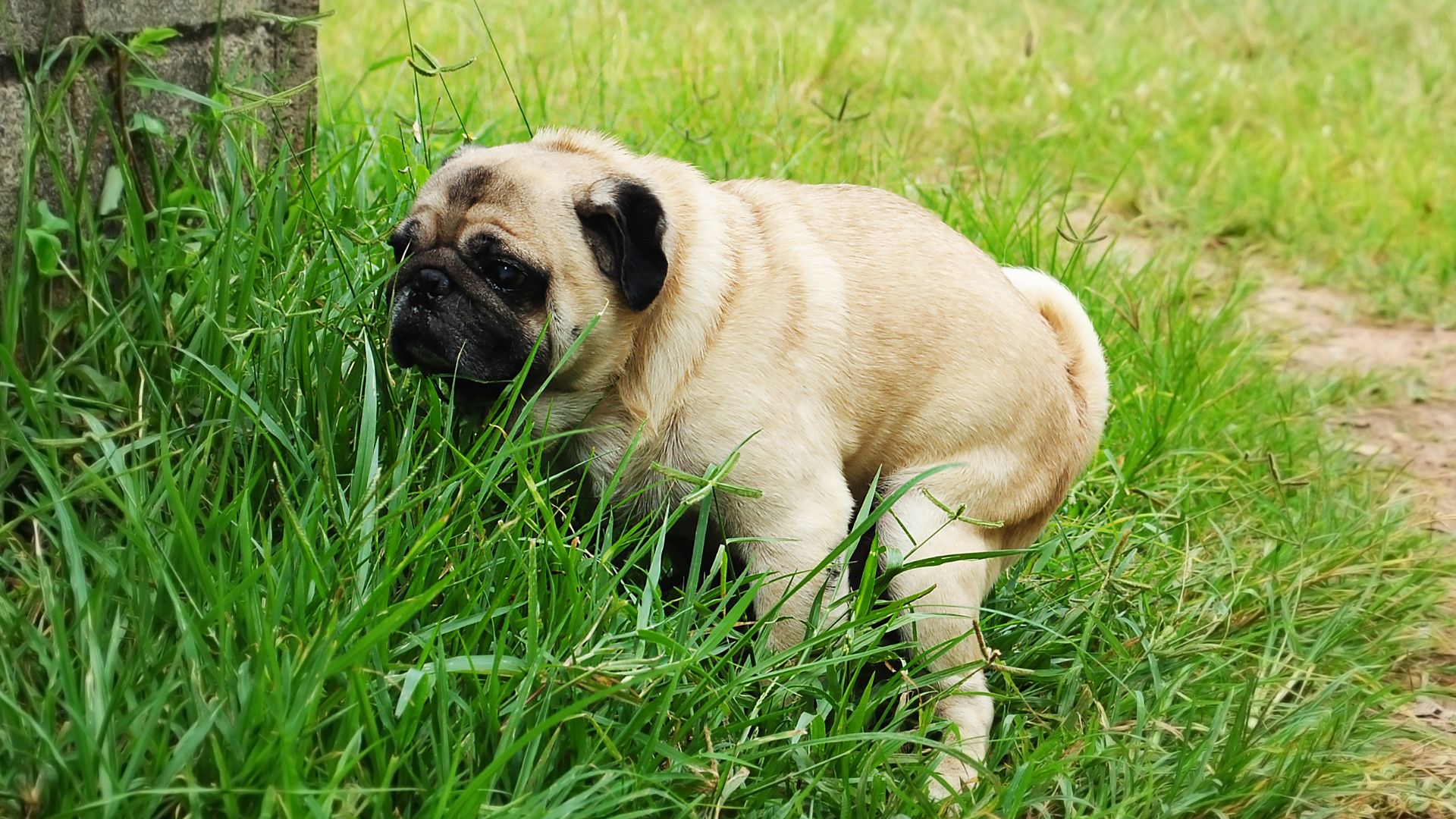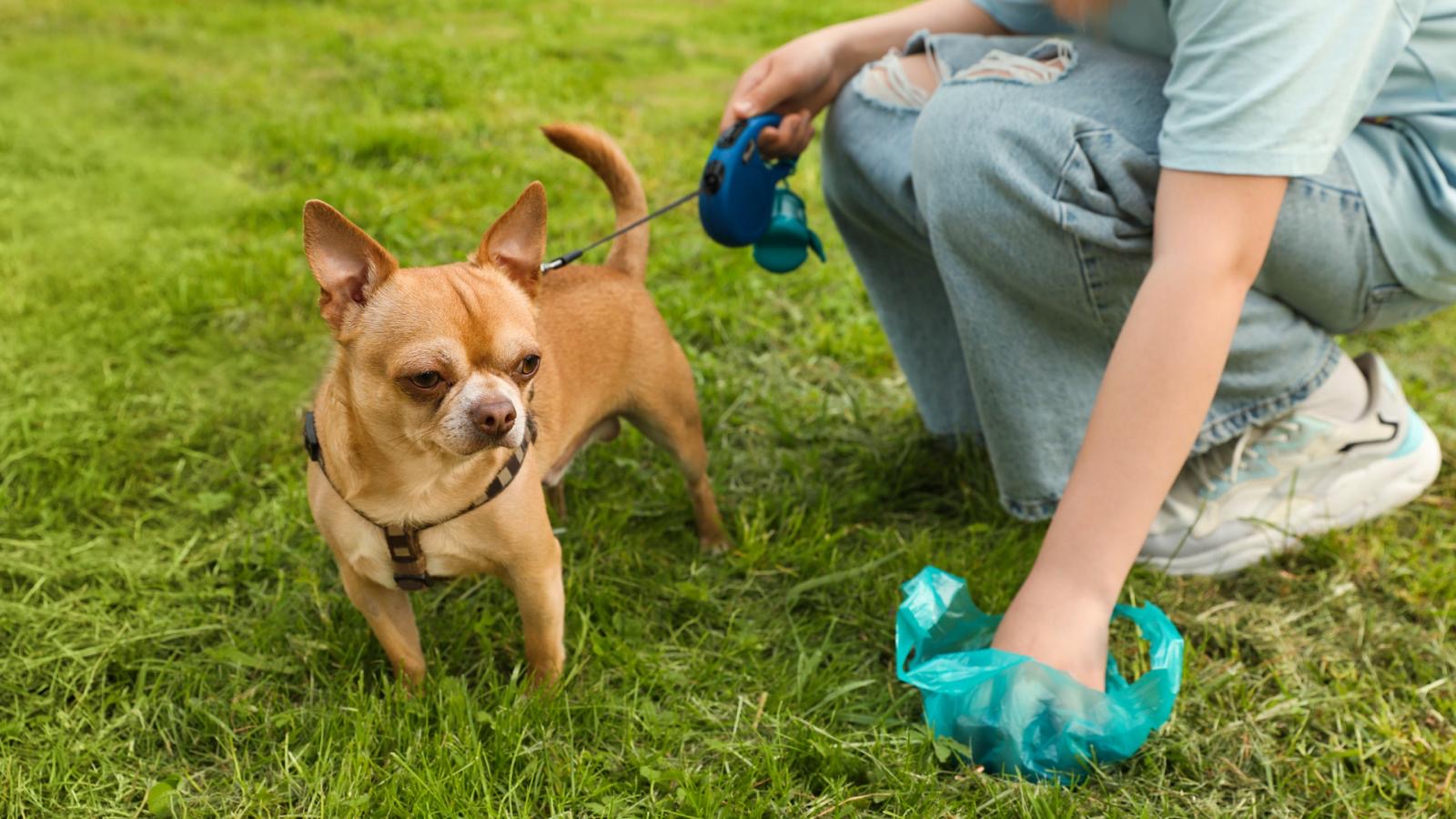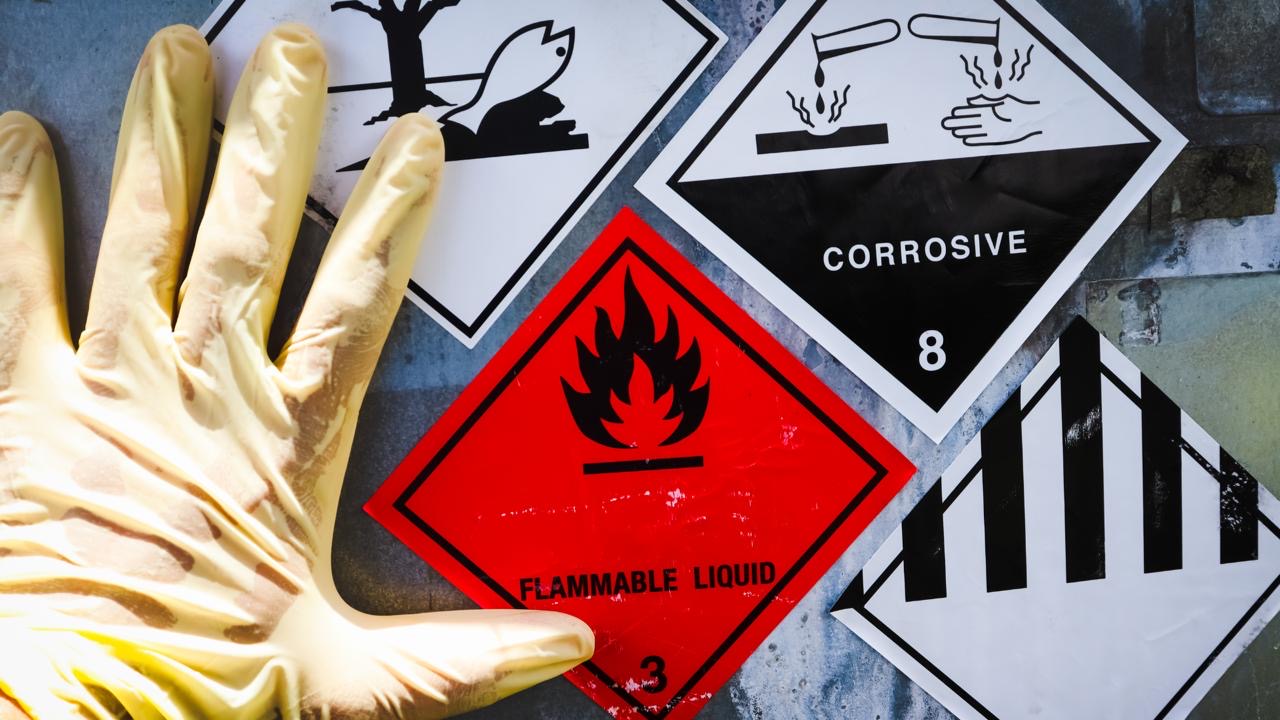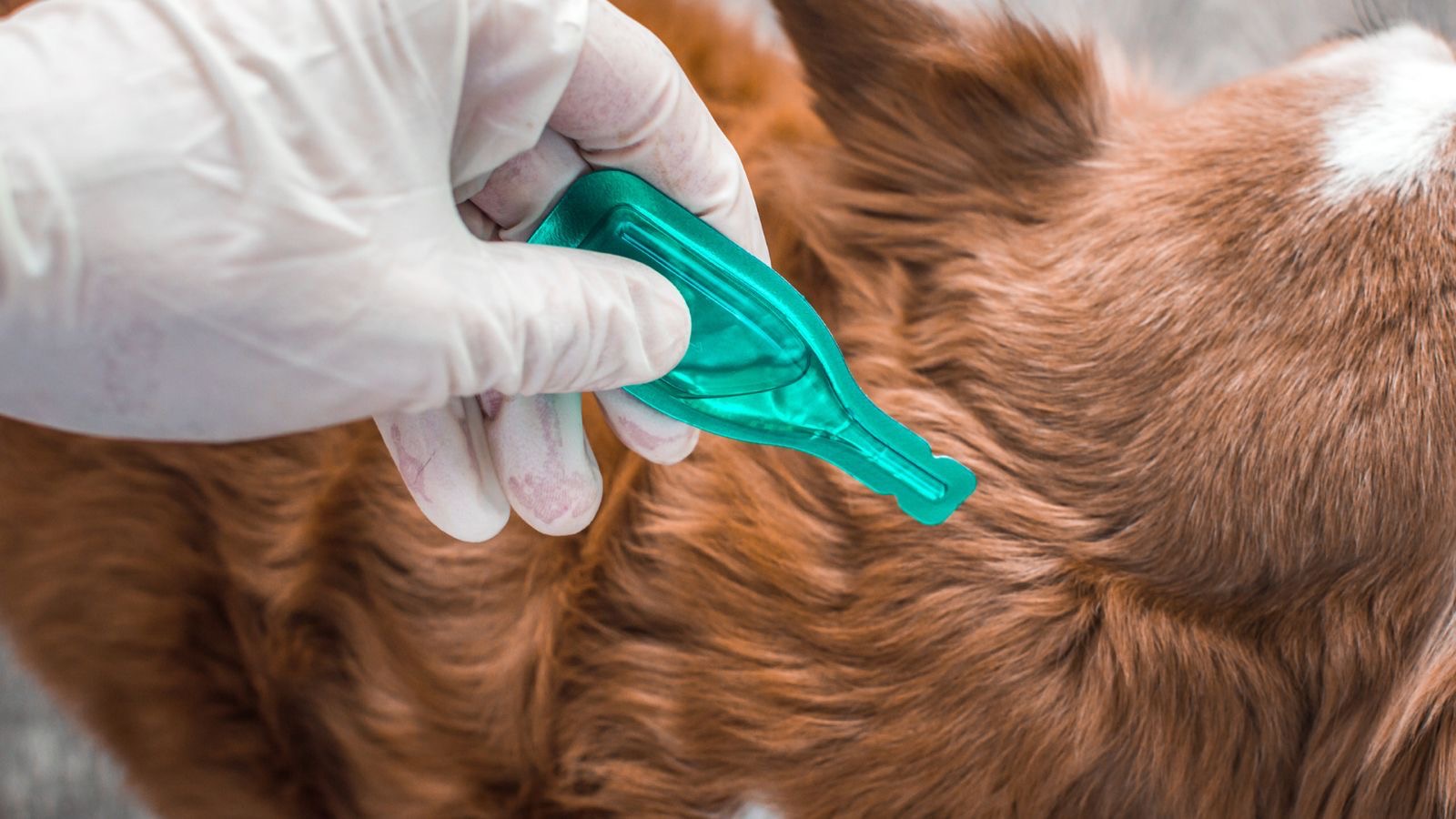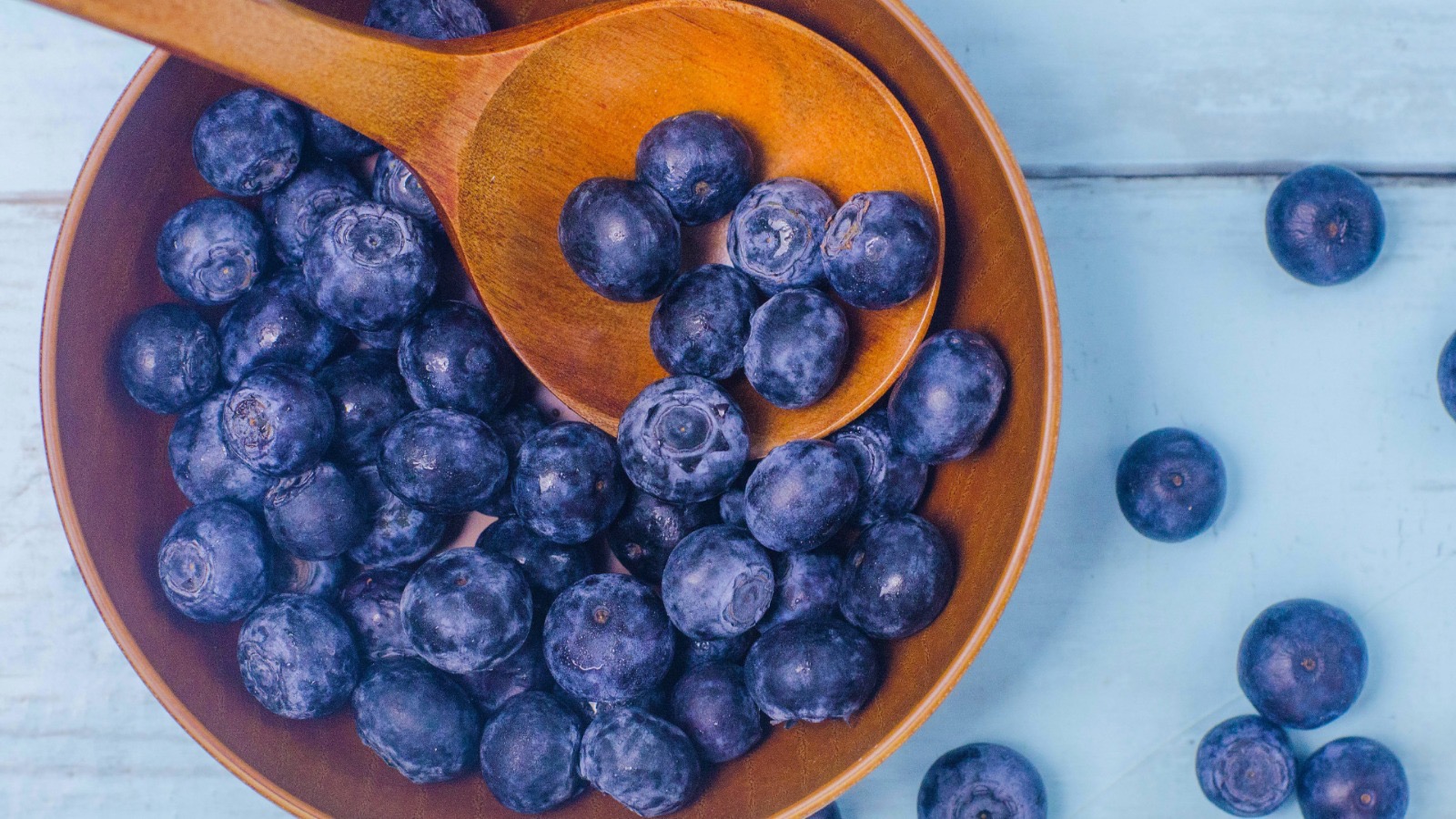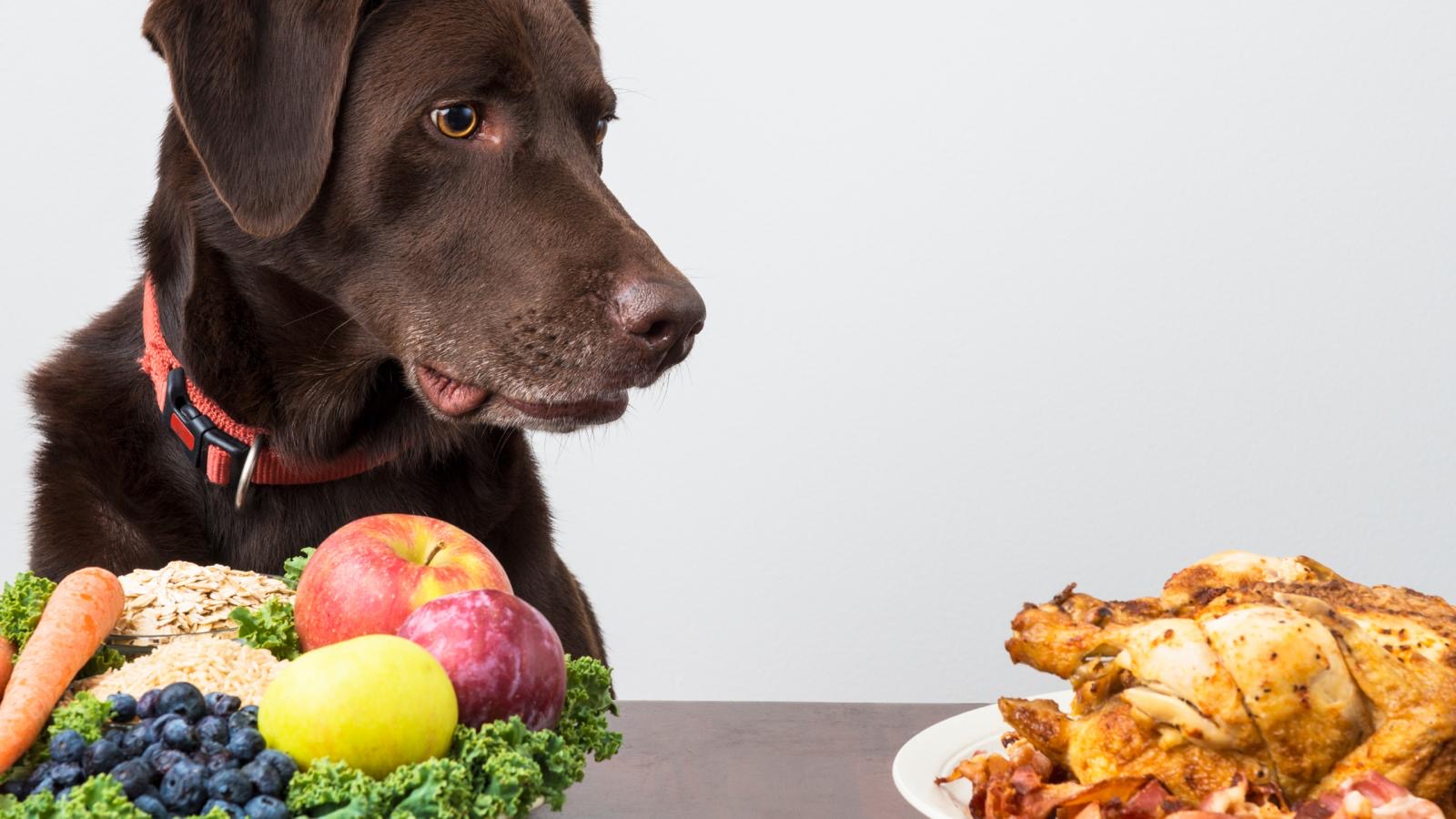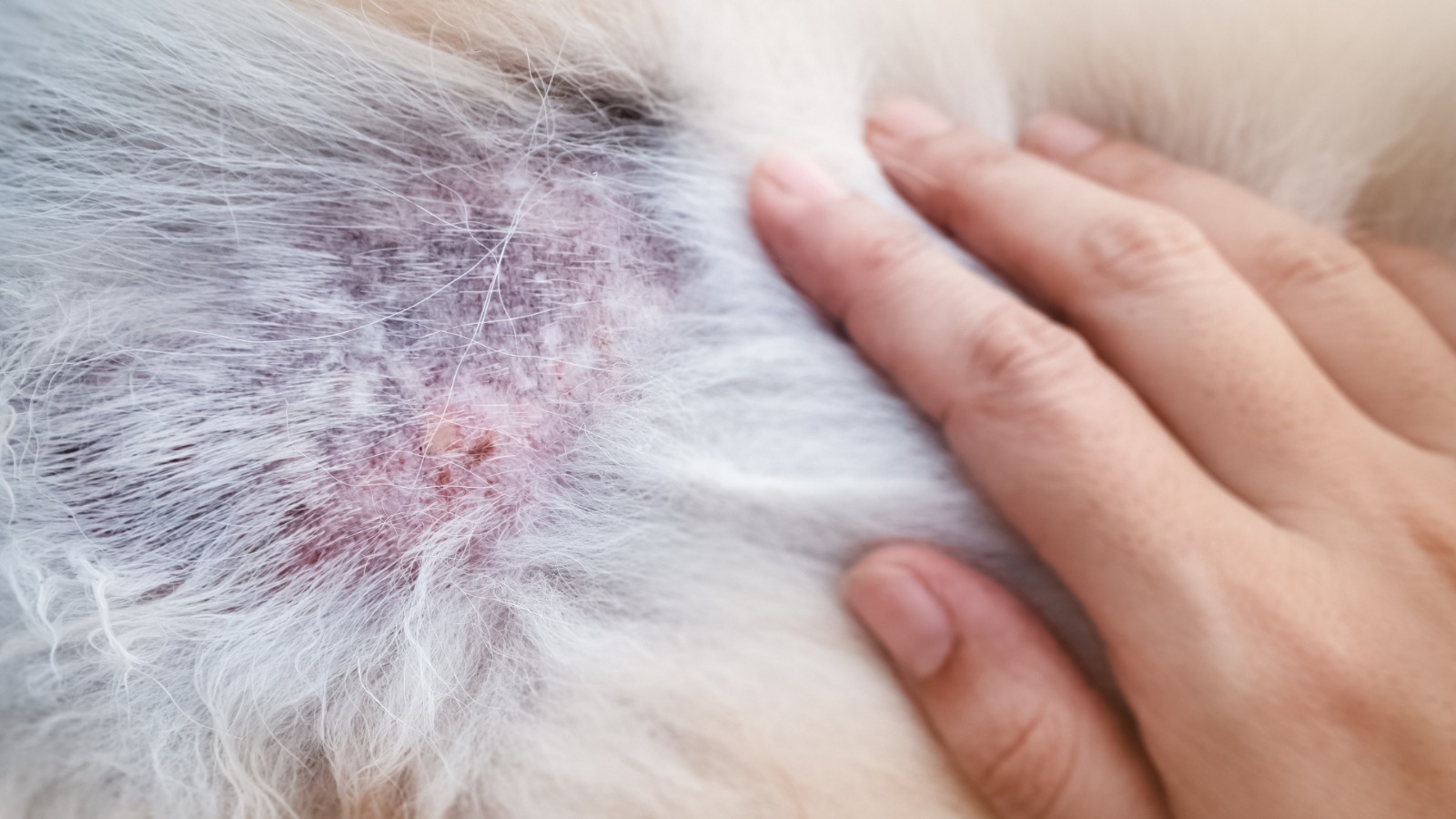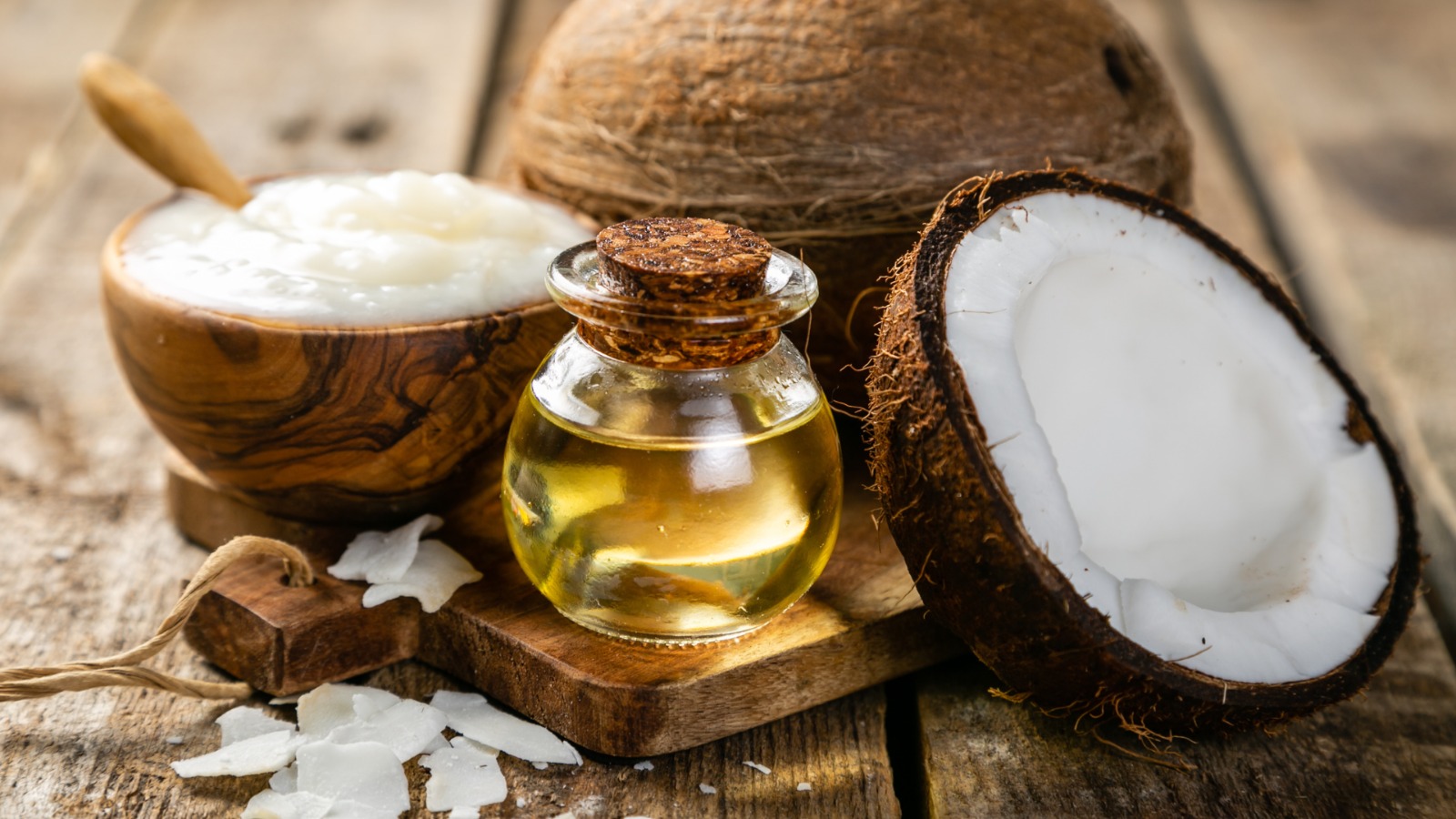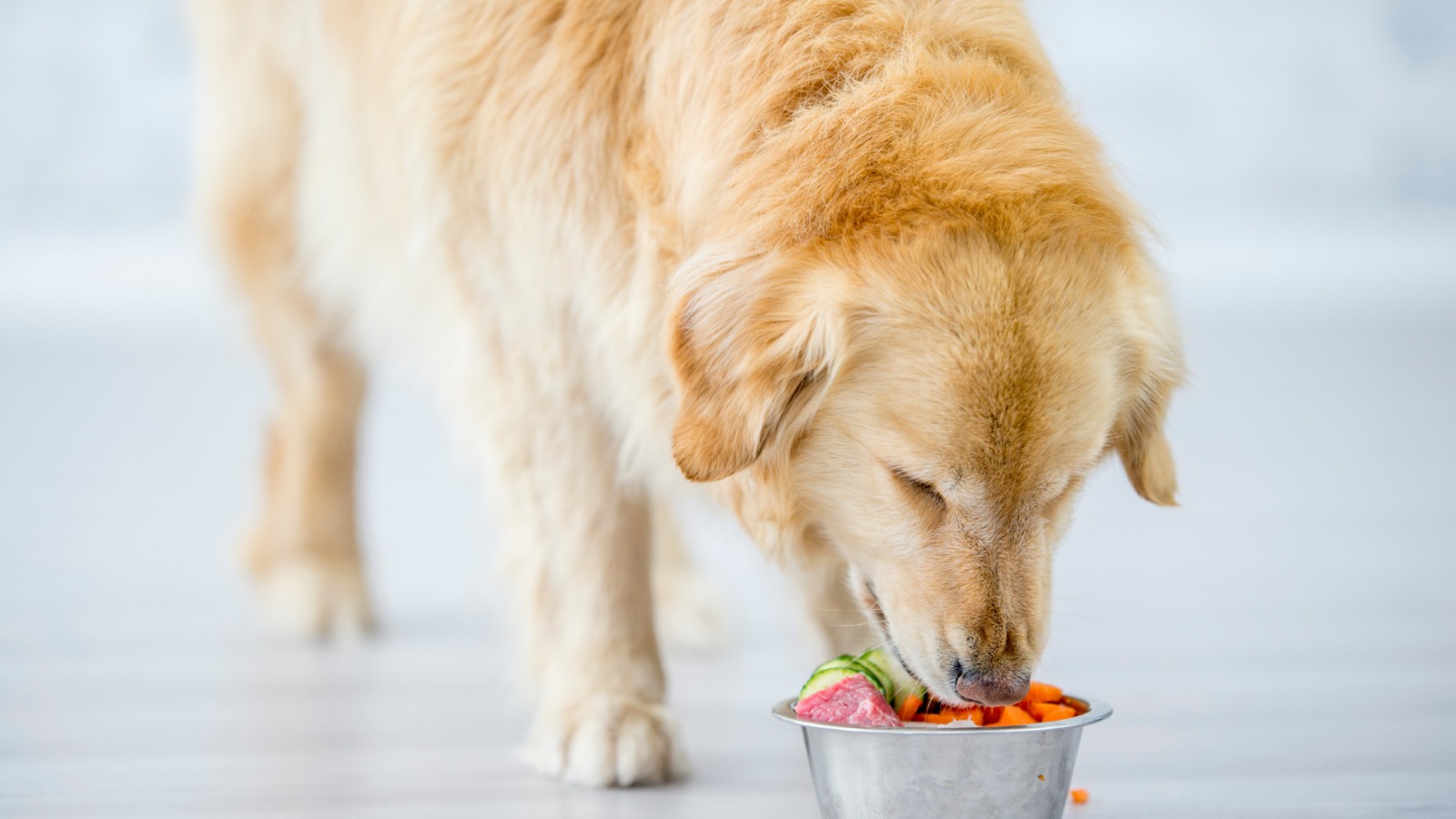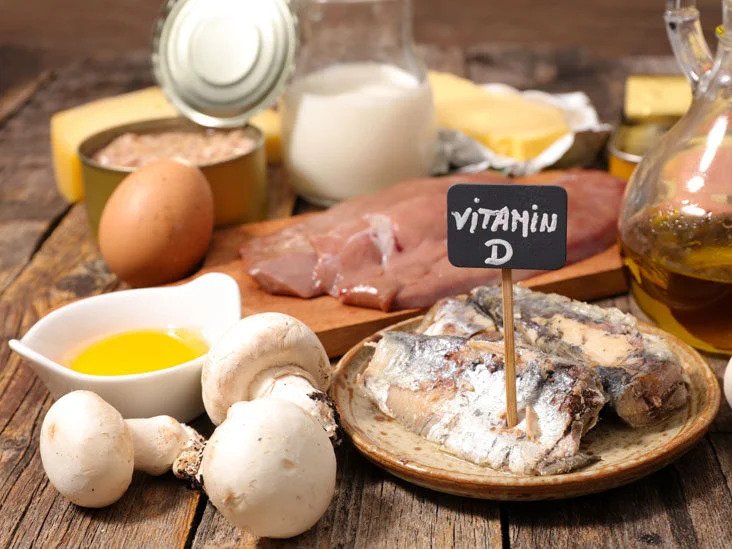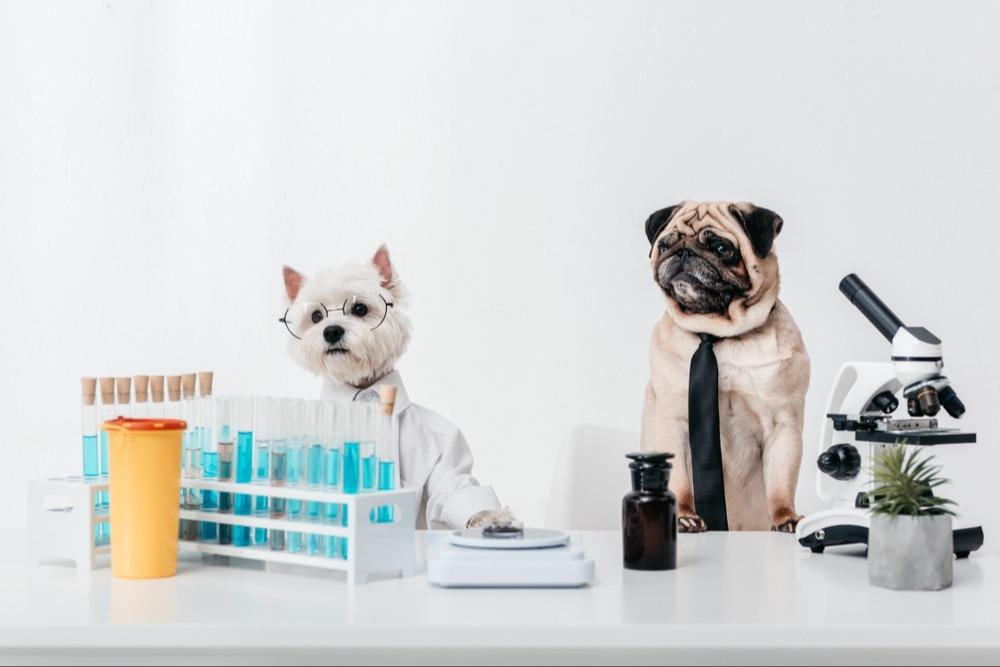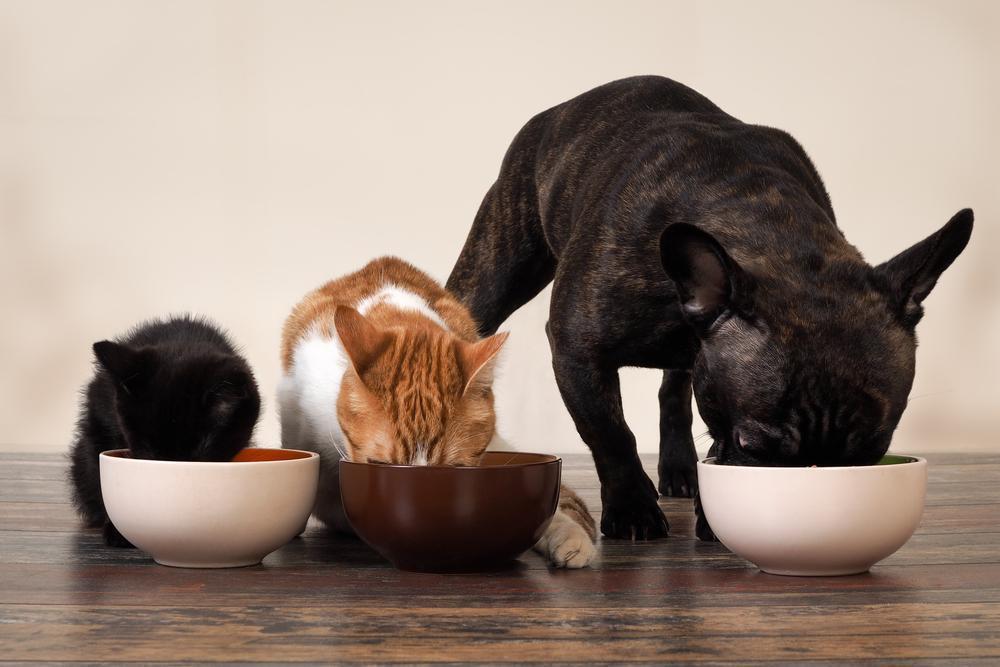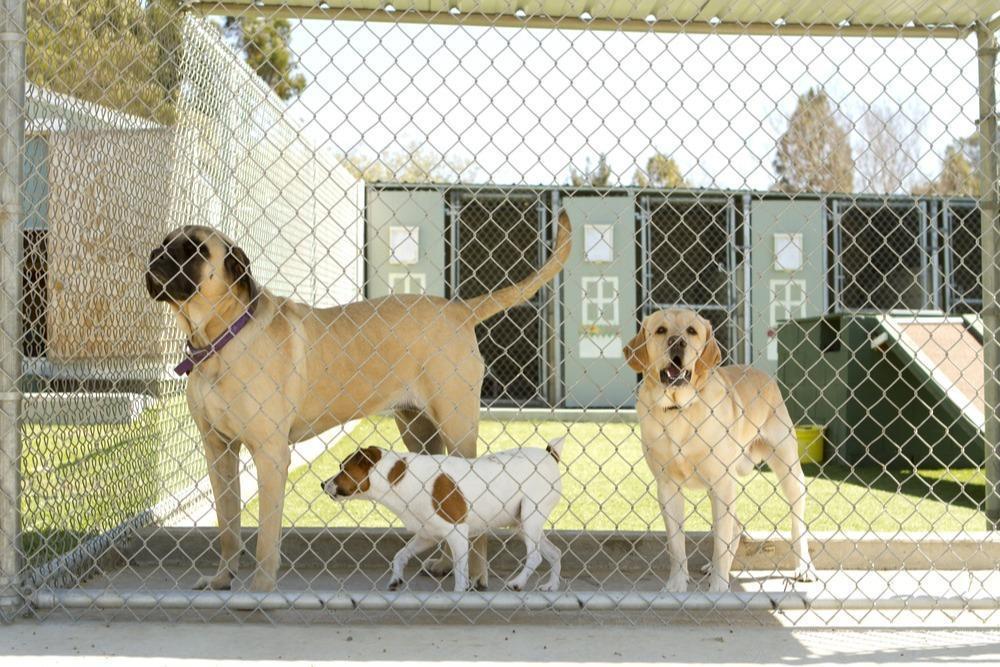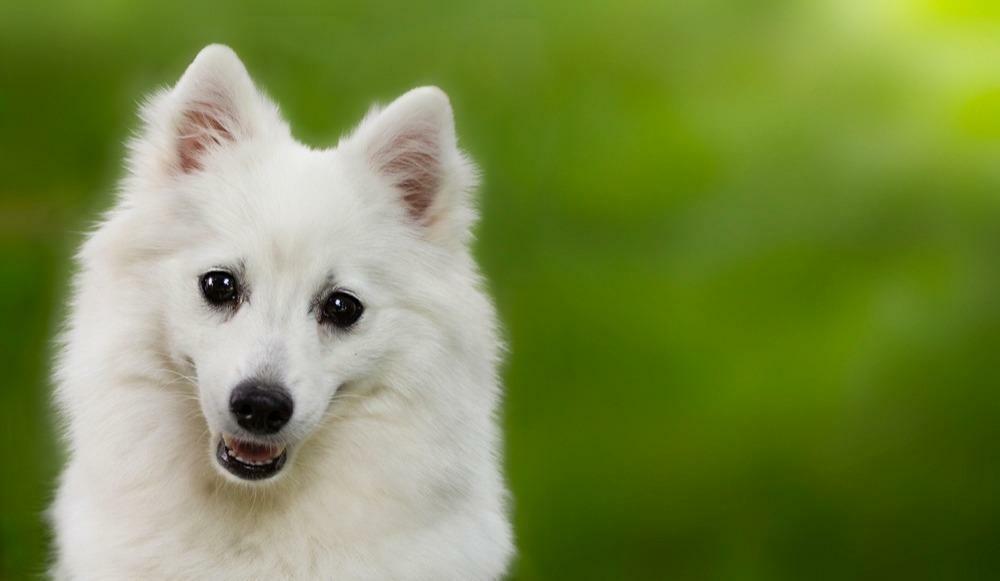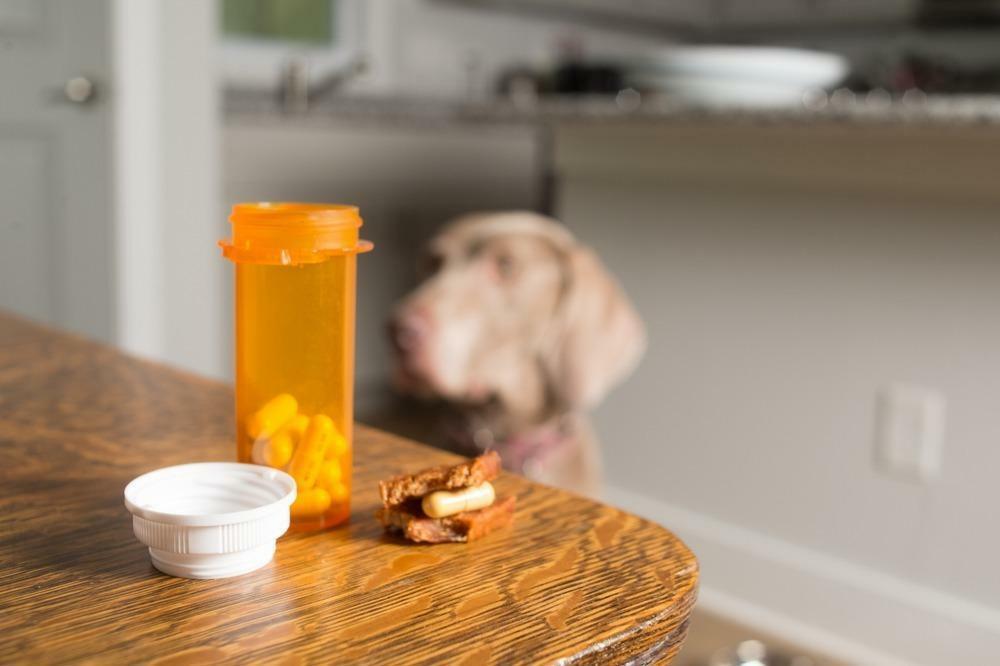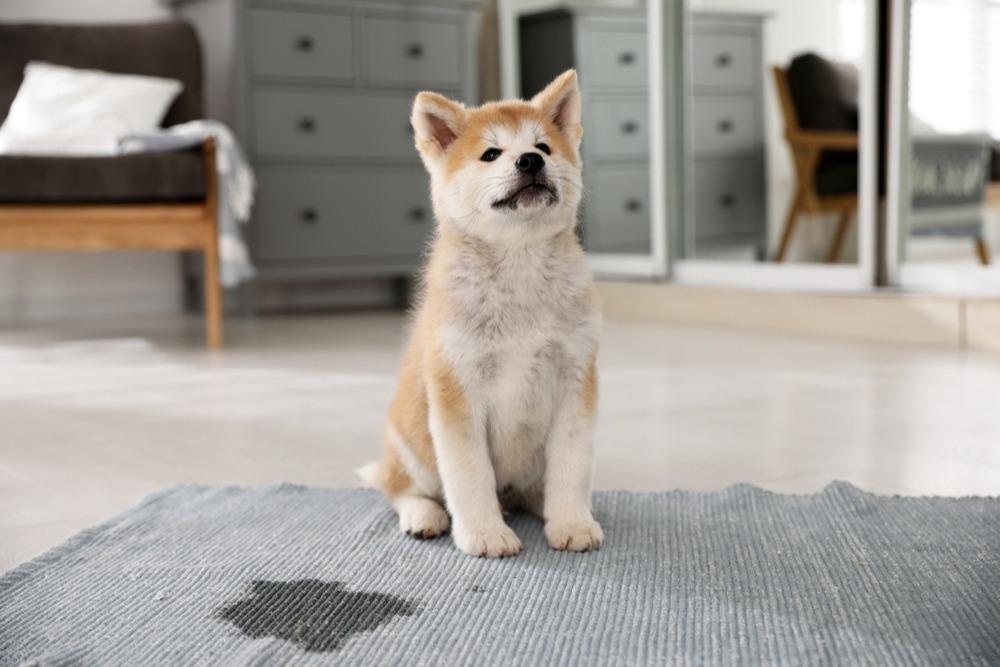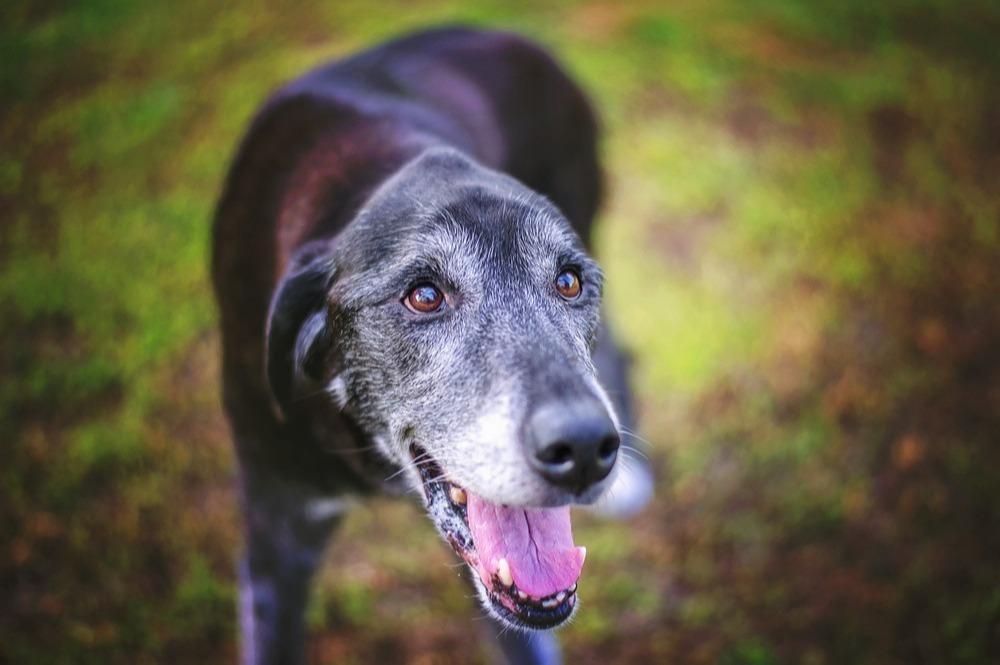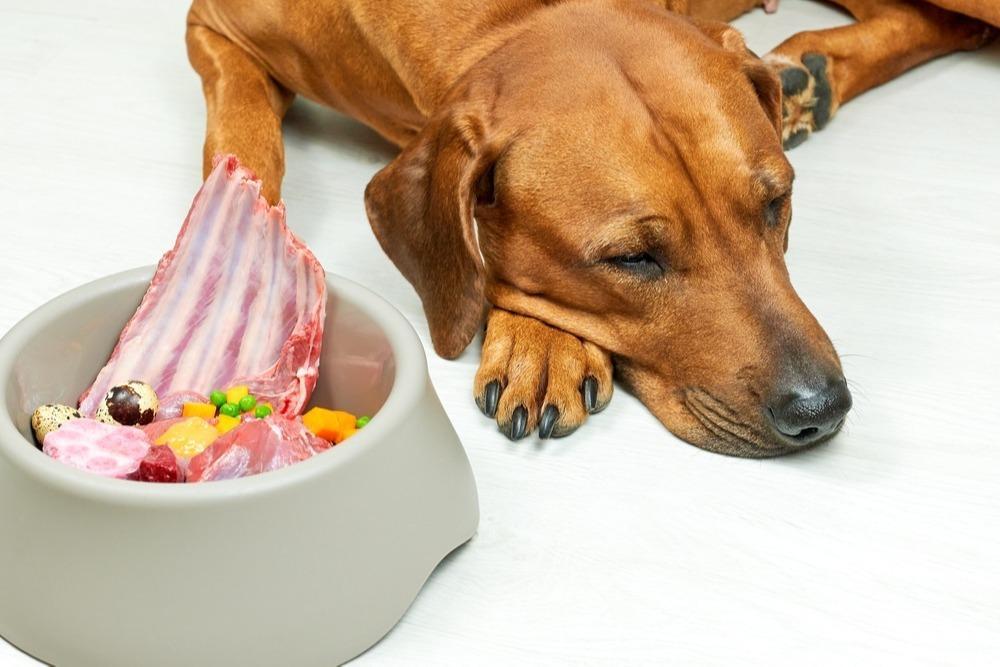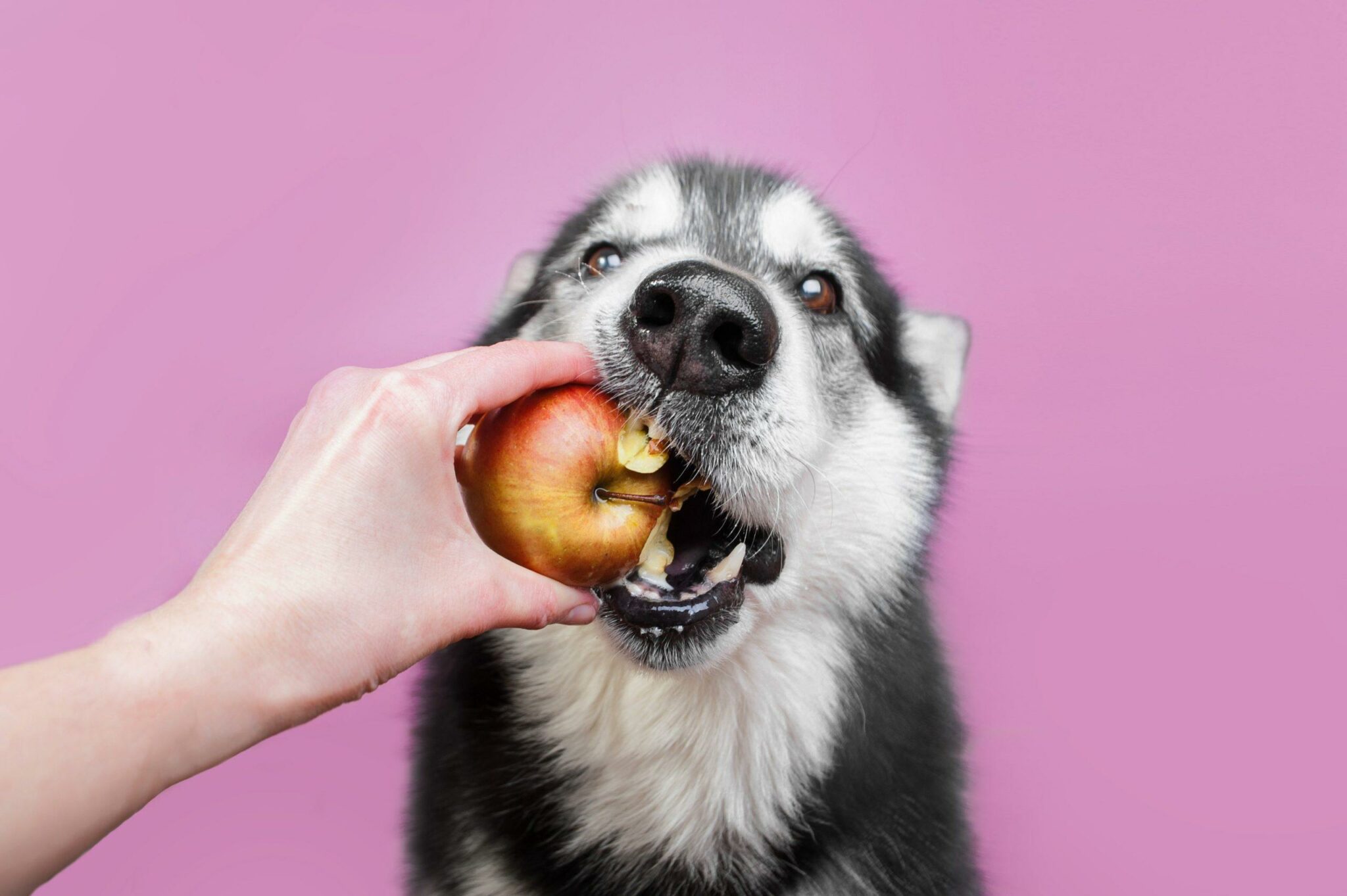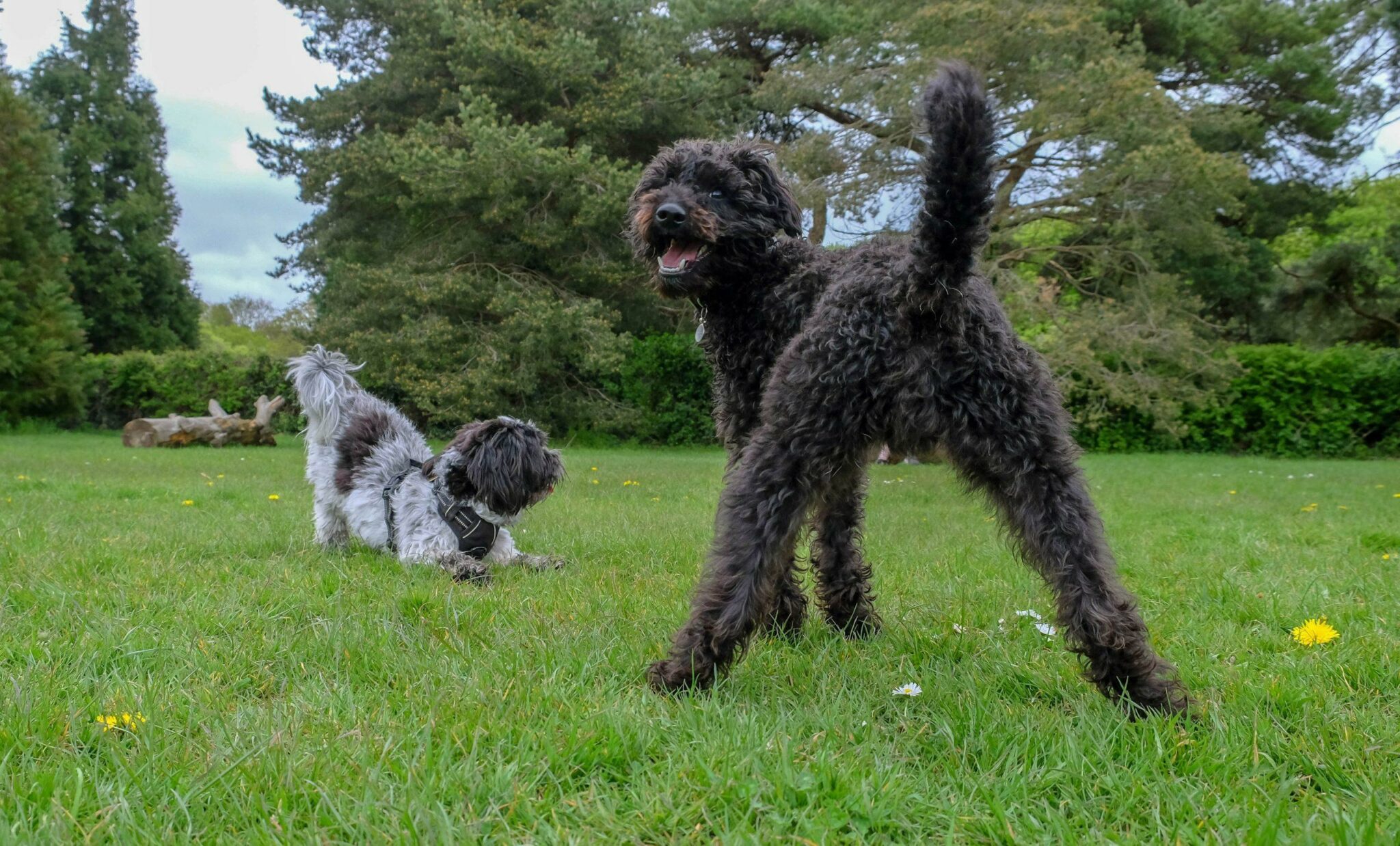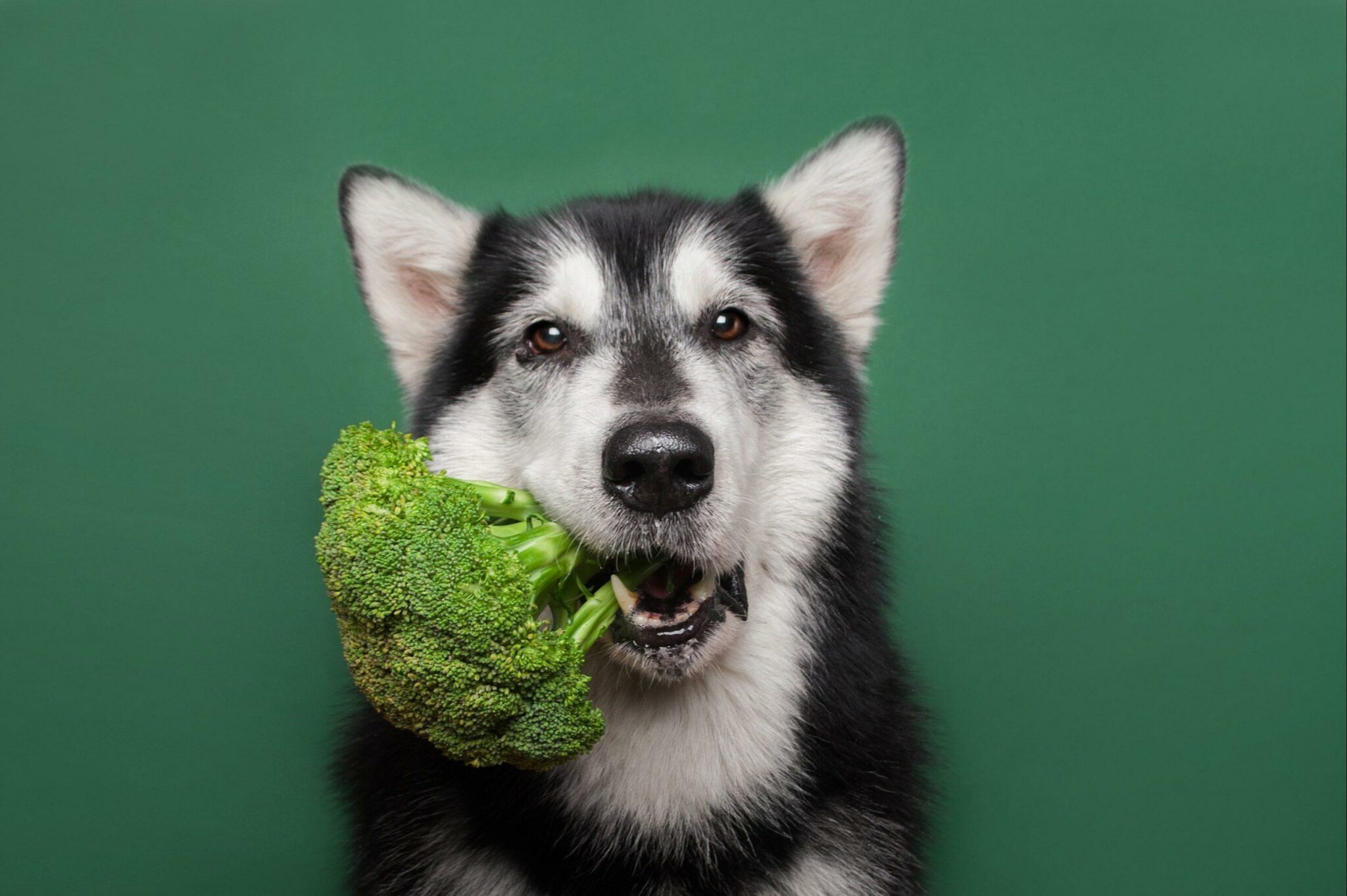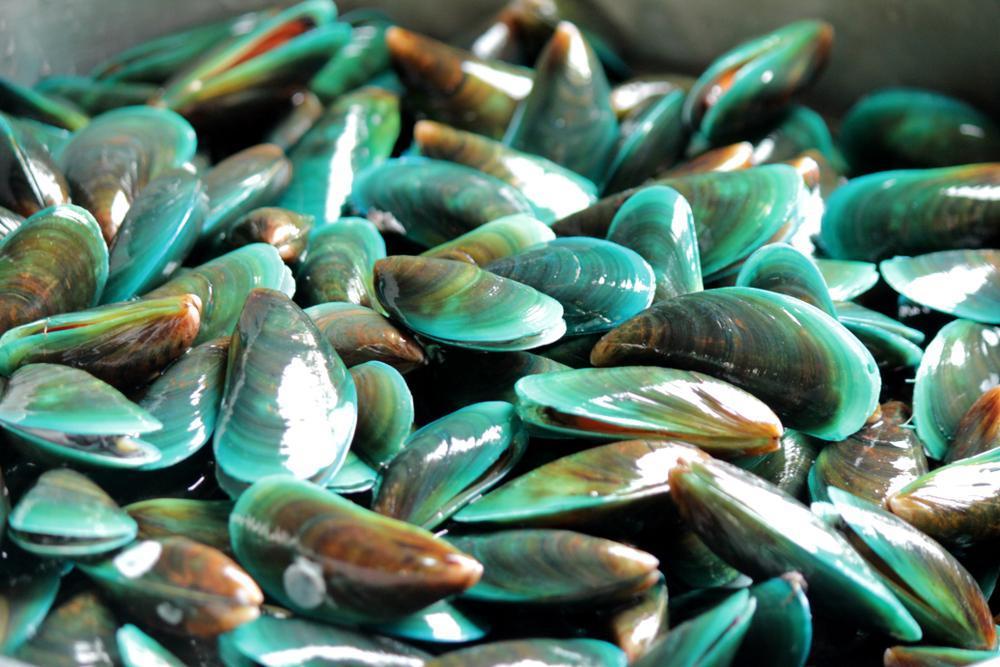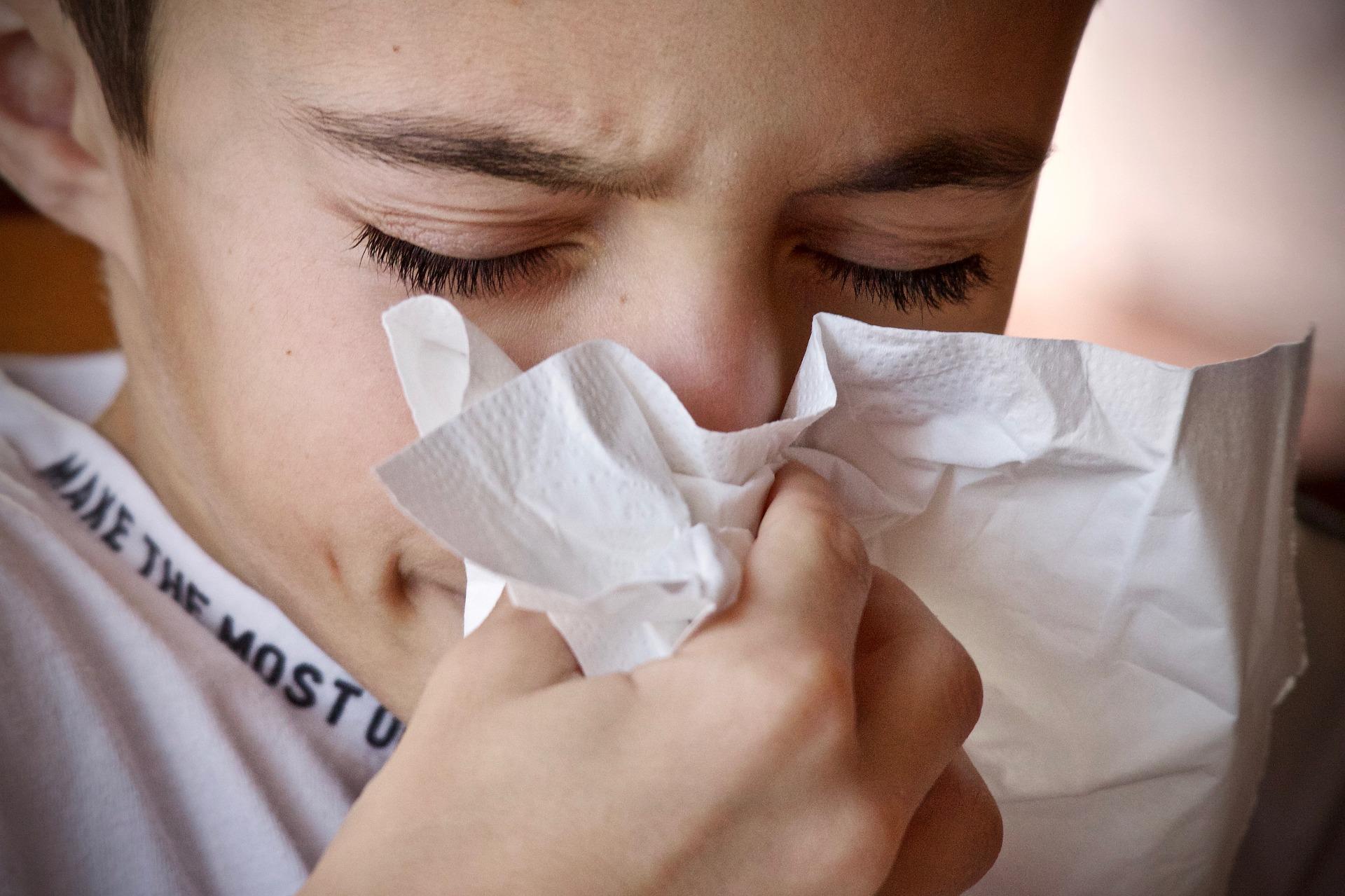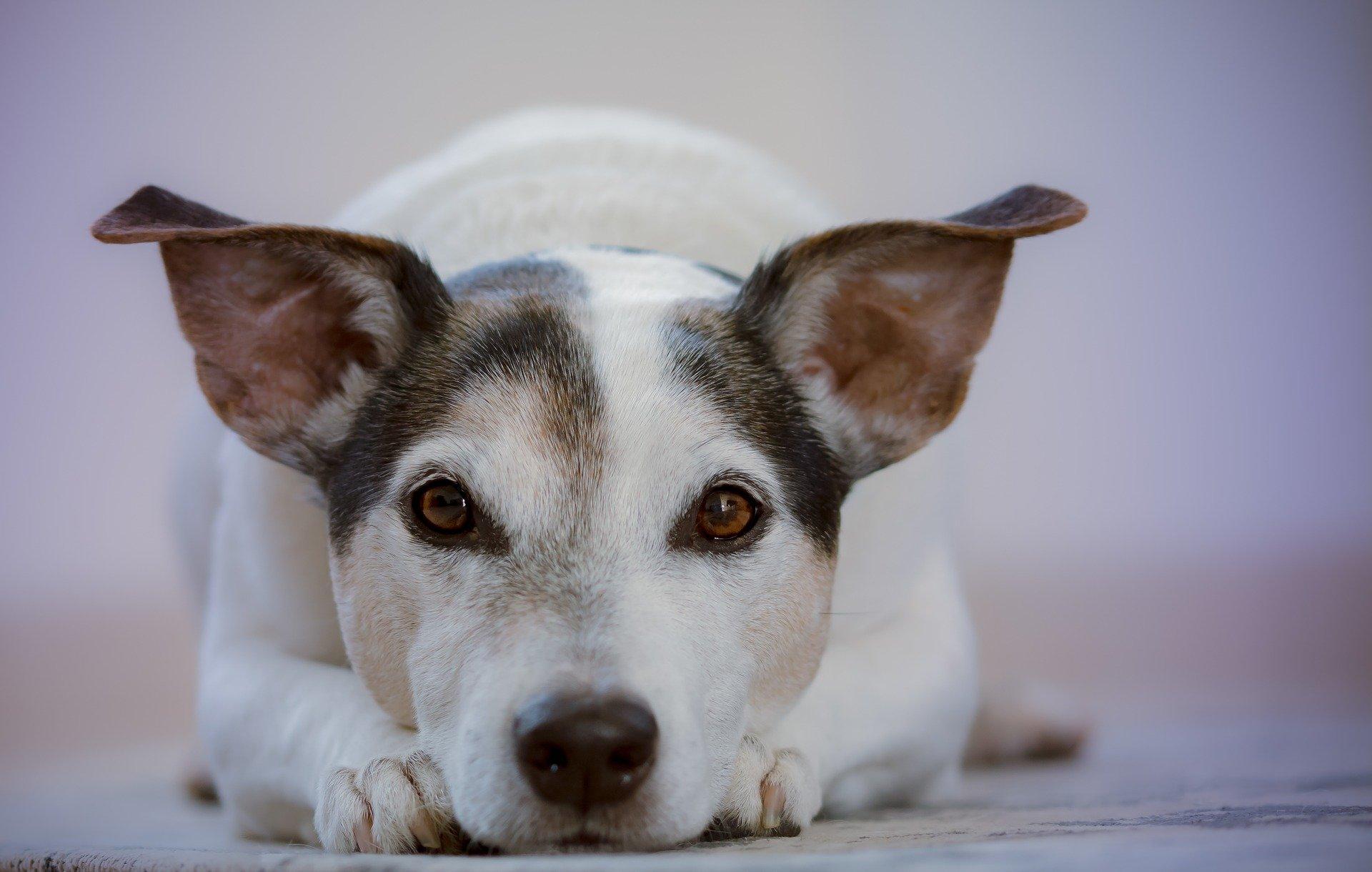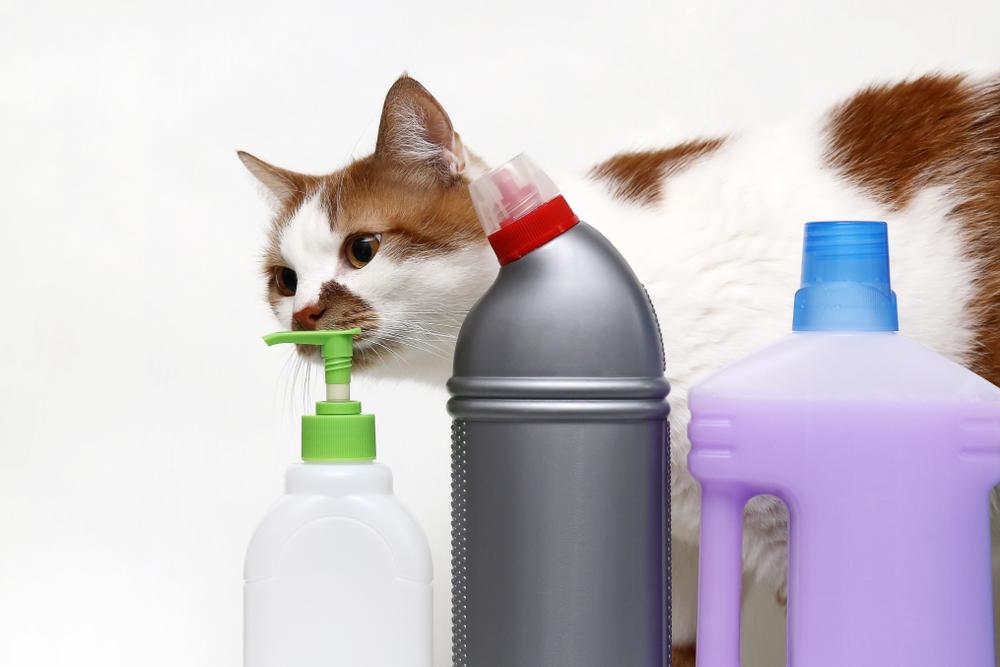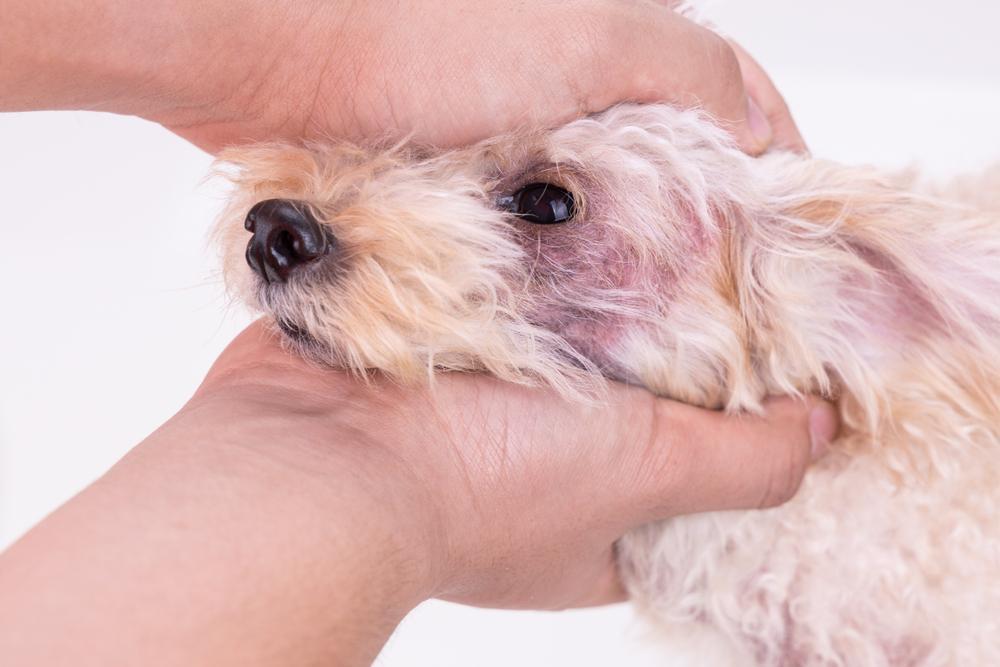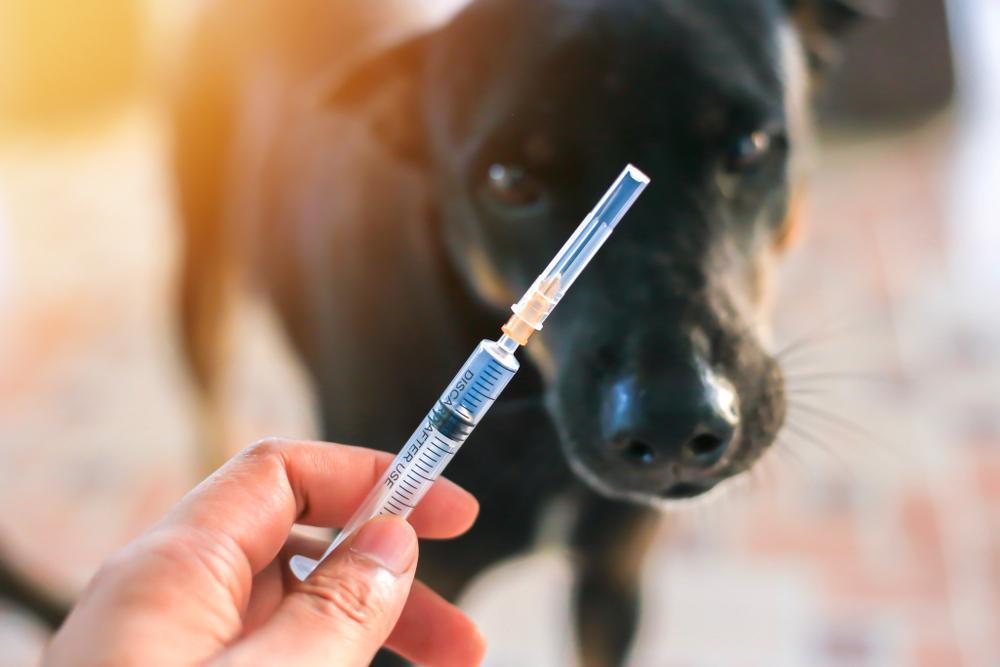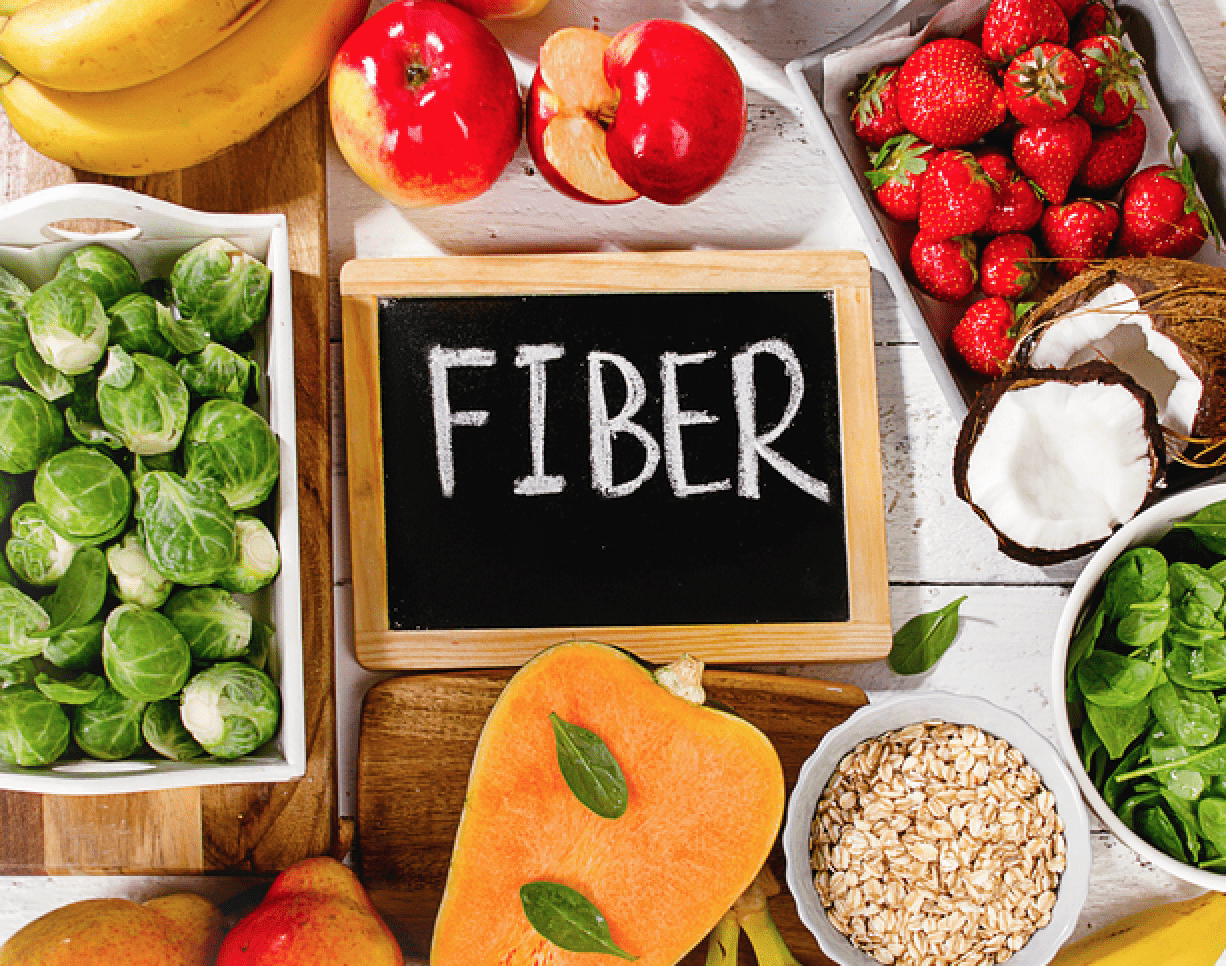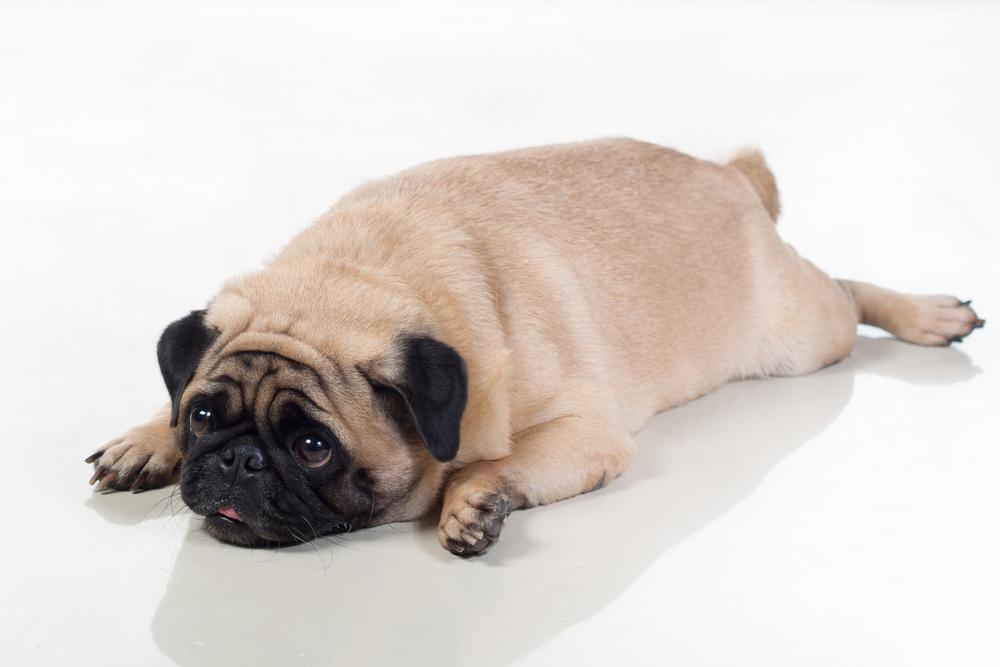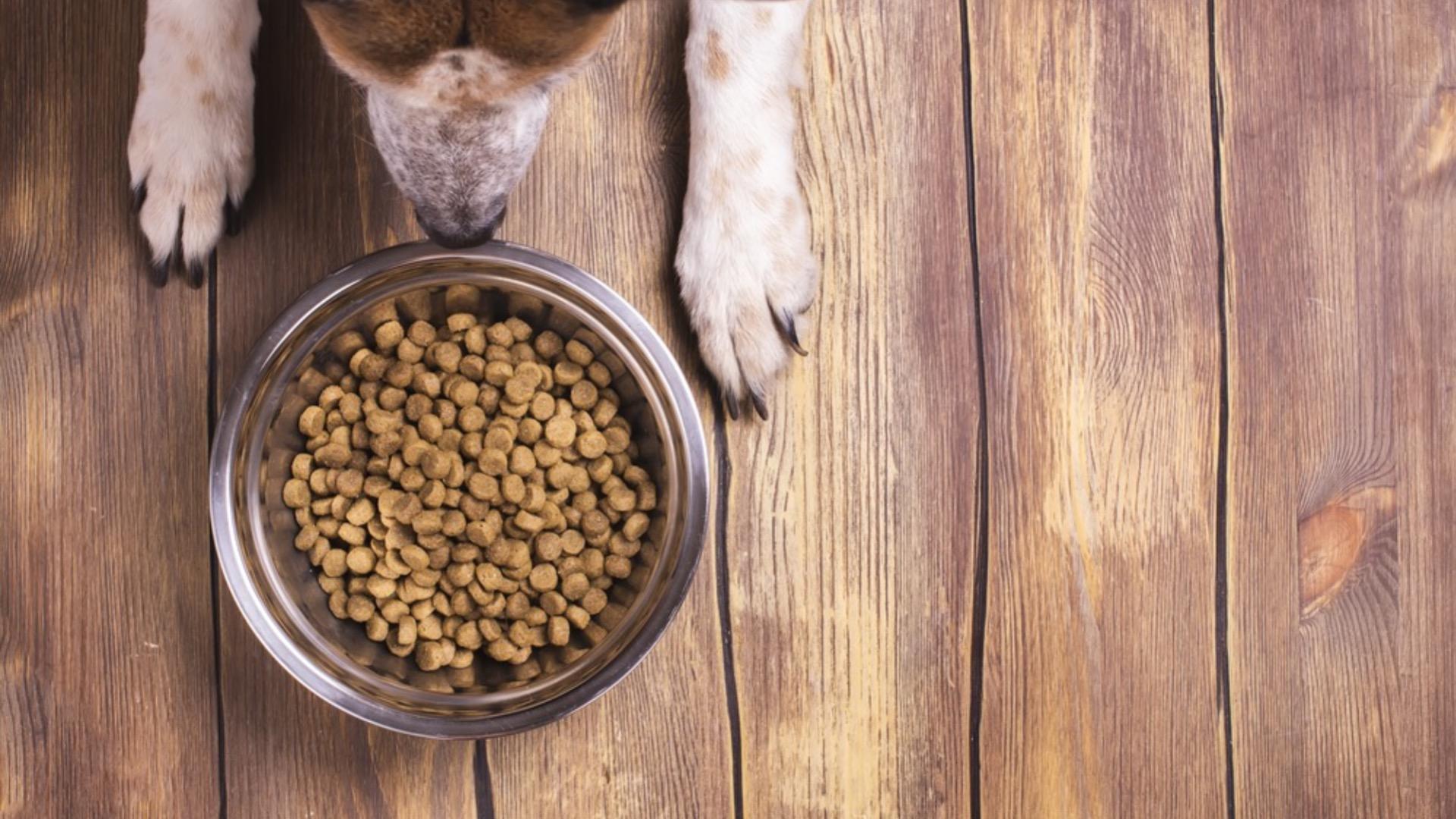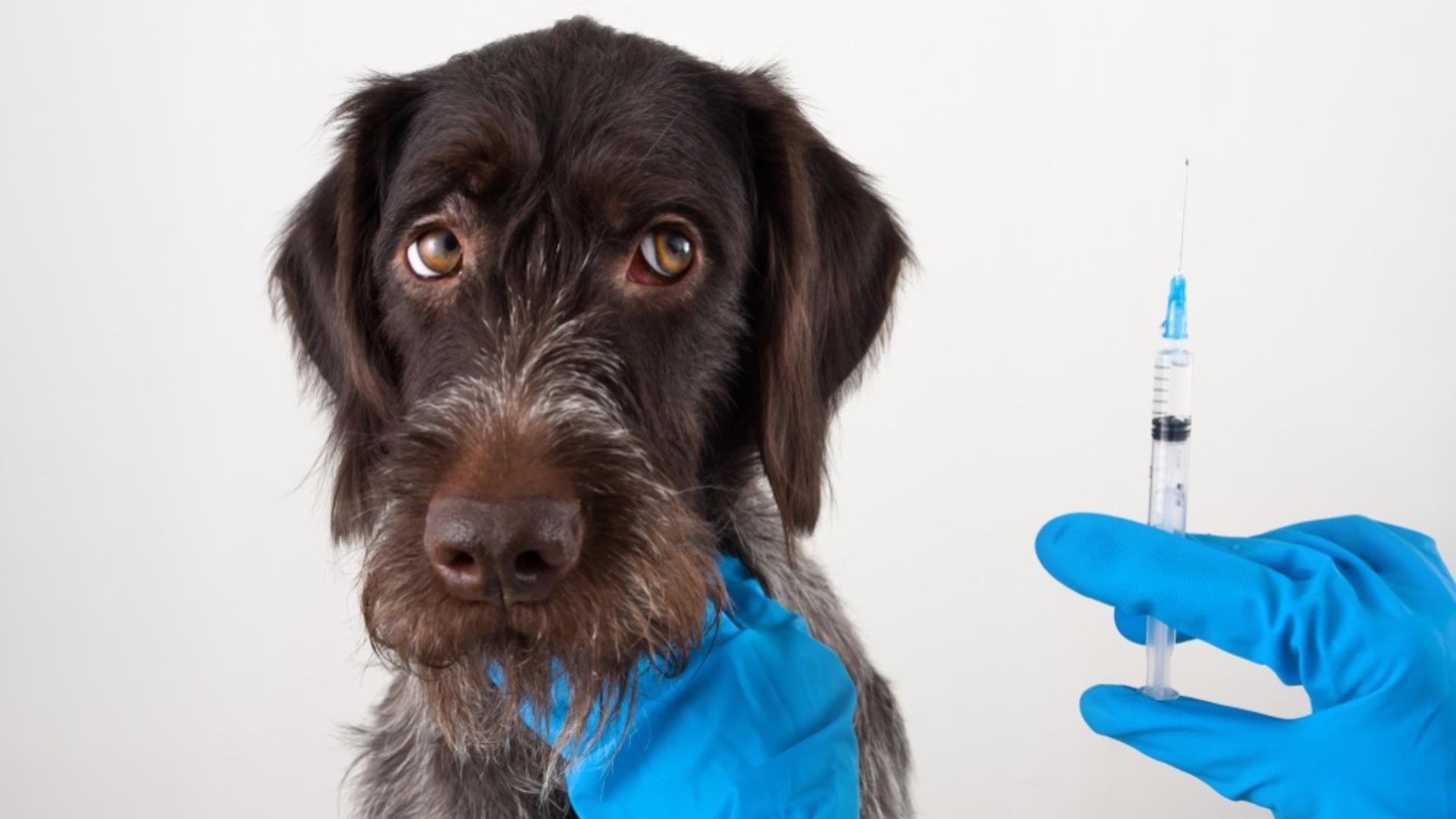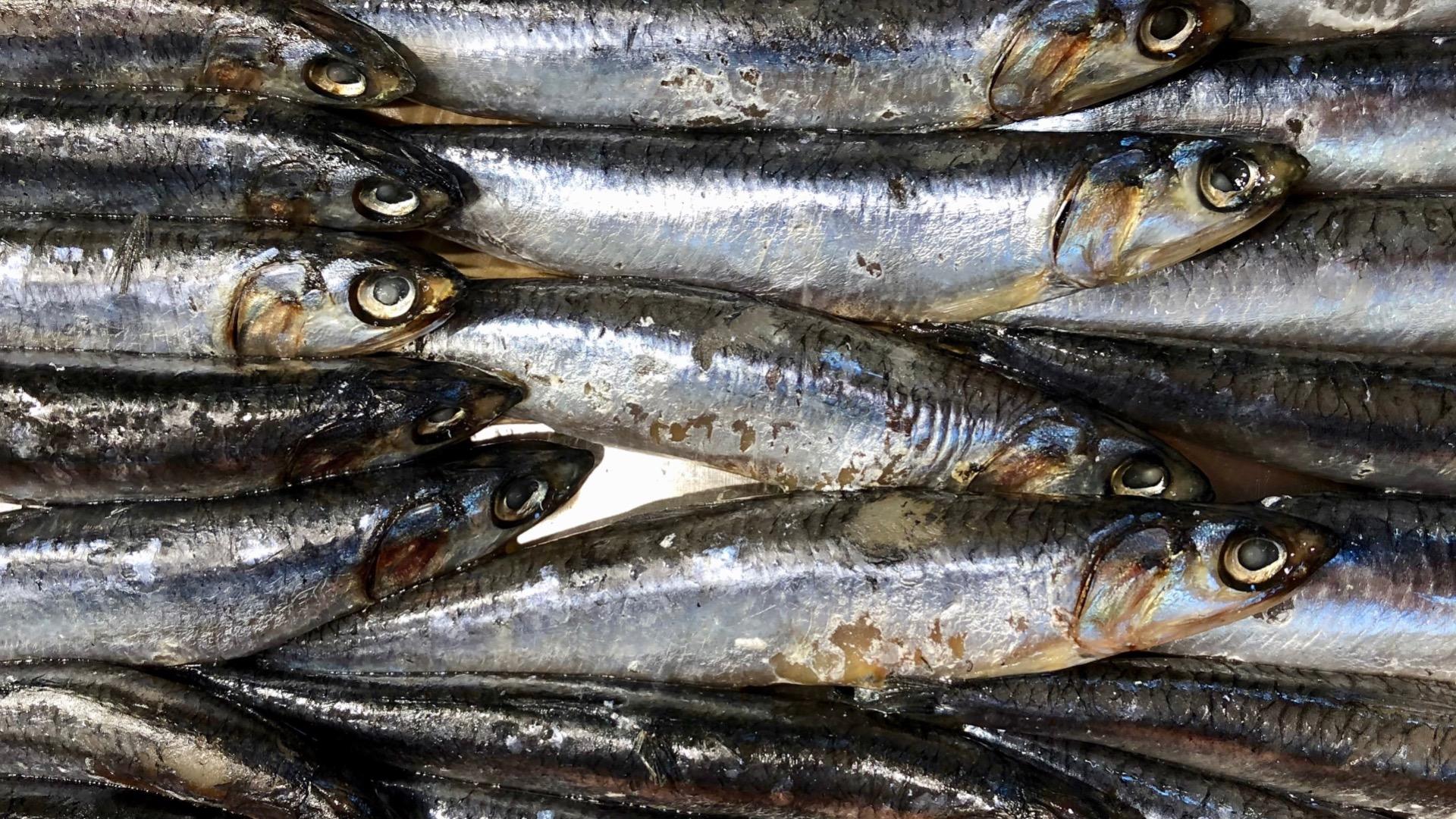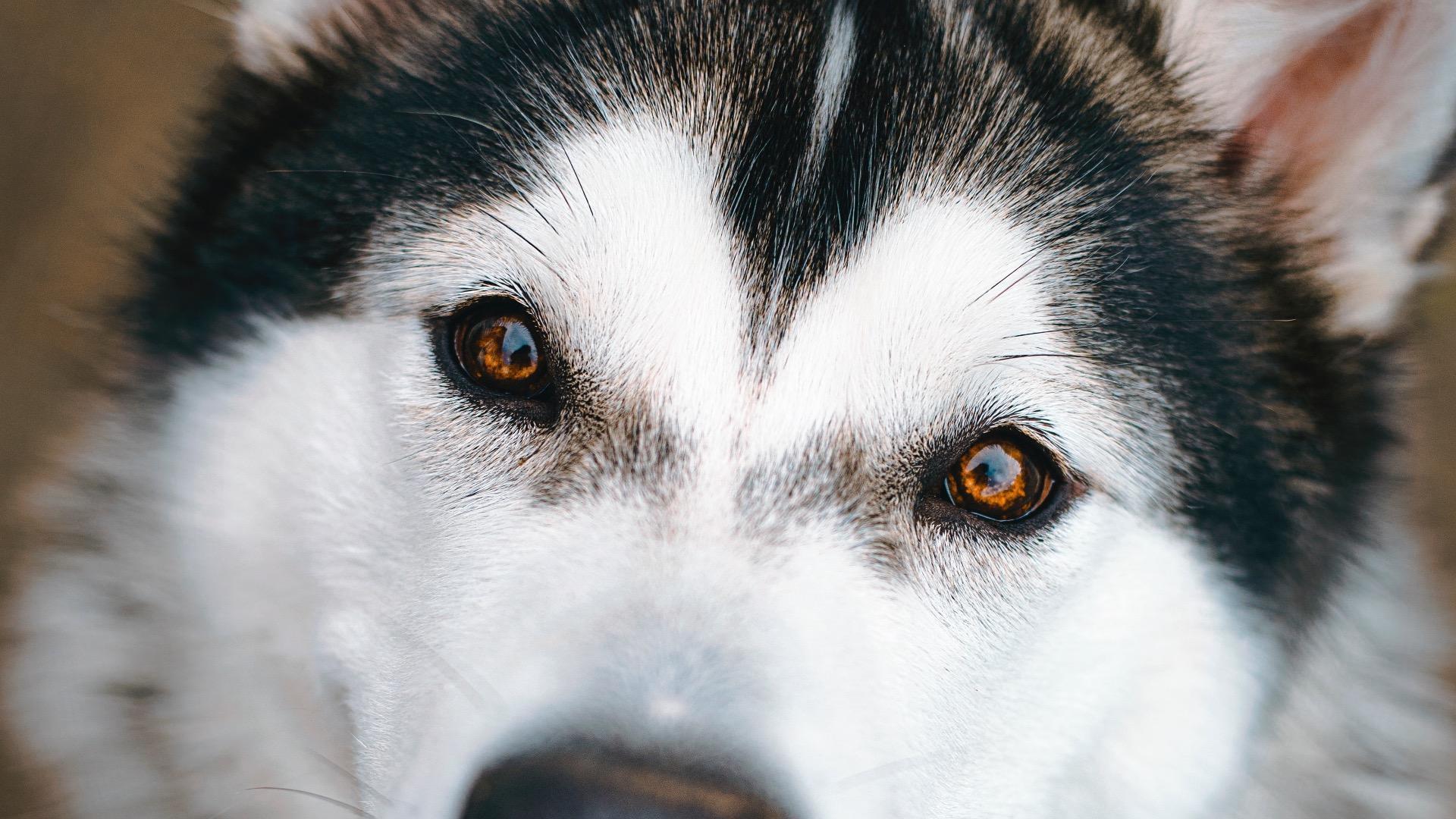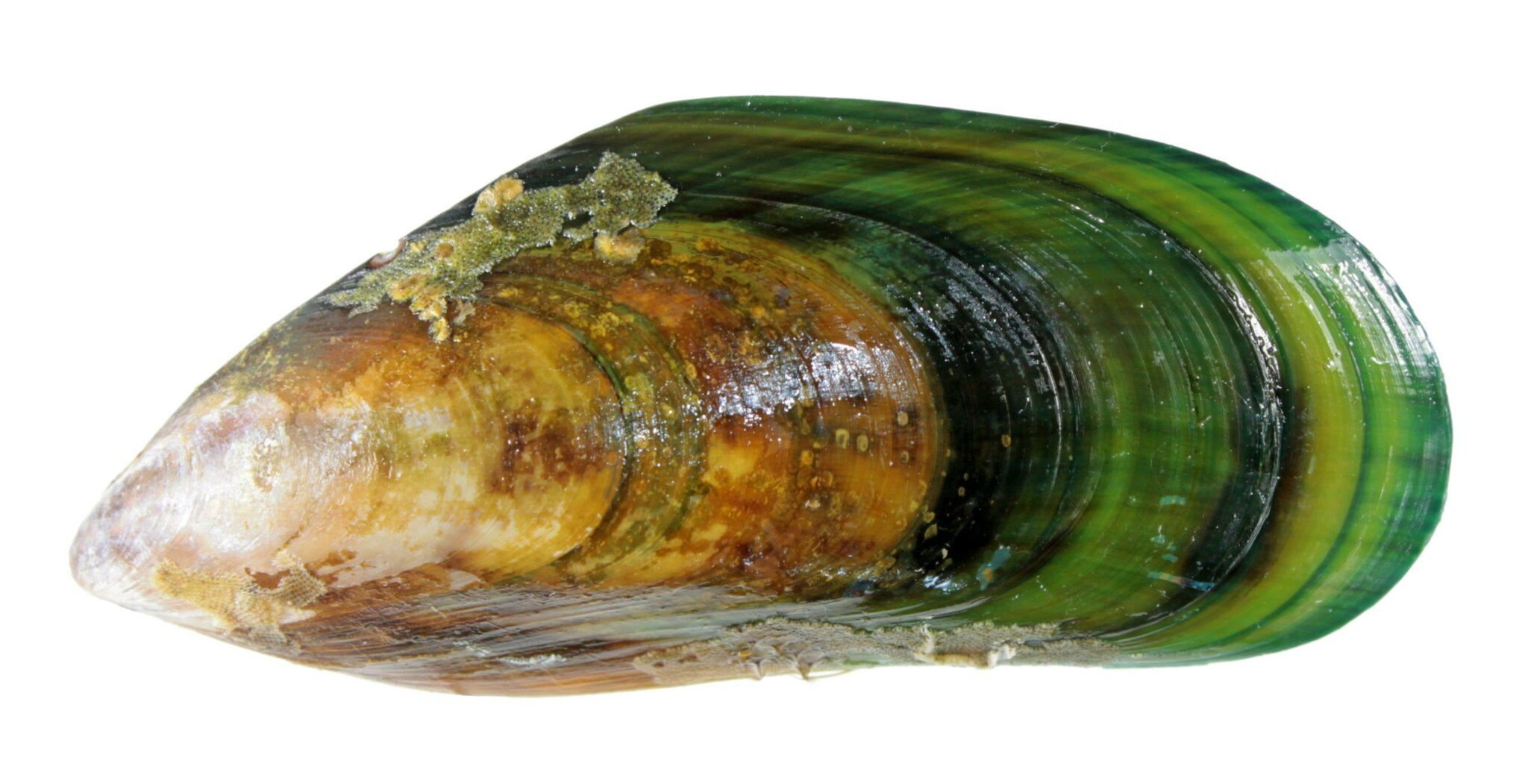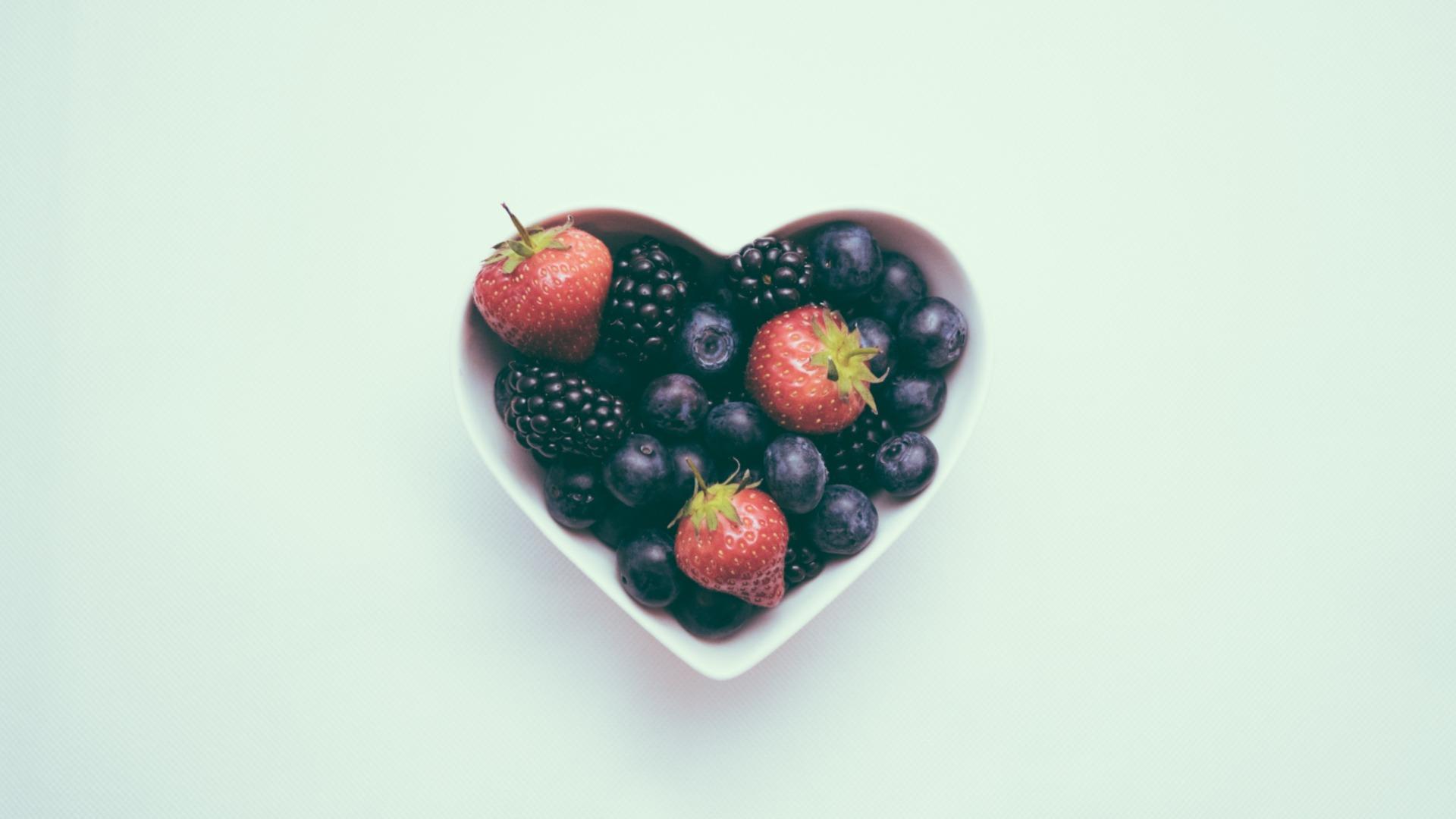It’s a supplement that we often see adverts for, but when we talk about the antioxidant properties of certain nutrients, it’s easy to forget what that actually means in the body.
So, we thought we’d compile a brief guide to antioxidants, what they are, what they do, and where we get them from.
But first we need to know what a free radical is.
Free Radicals
Free radicals are created in the body from normal essential metabolic process like exercise, or during the conversion of food to energy. You can think of them like the exhaust fumes of work. But they can also be a result of external exposure to x-rays, smoke, air pollution, industrial chemicals and the ozone.
When maintained at low or moderate concentrations, free radicals play several beneficial roles for the host. They are needed to synthesize some cellular structures and are used by the immune system to fight pathogens. Phagocytes synthesise and store free radicals, in order to be able to release them when invading pathogenic microbes have to be destroyed.
Free radicals also play a key regulatory role in intracellular signalling cascades, in many cell types like fibroblasts, endothelial cells, vascular smooth muscle cells, cardiac myocytes, and thyroid tissue.
The most well-known free radical acting as a signalling molecule is nitric oxide (NO). It is an important cell-to-cell messenger required for a proper blood flow modulation, involved in thrombosis, and is crucial for the normal neural activity. NO is also involved in nonspecific host defence, required to eliminate intracellular pathogens and tumour cells.
The issue is when the number of free radicals outweighs the body’s ability to cope with them. When this occurs, so does oxidative stress.
Oxidative Stress
Oxidative stress can be responsible for the induction of several diseases, both chronic and degenerative, as well as speeding up body ageing processes and causing acute pathologies. It can damage cells, and even DNA is prone to oxidative stress.
Oxidative stress has been associated with:
- Cancer development
- Cardiovascular disease
- Neurological disease
- Respiratory disease
- Arthritis
- Kidney disease
- Delayed sexual maturation
Findings Here
And so, the body has put in place several strategies to counteract the effects of free radicals and oxidative stress, based on enzymatic (e.g., SOD, CAT, and GPx) and nonenzymatic (e.g., lipoic acid, glutathione, ʟ-arginine, and coenzyme Q10) antioxidant molecules.
In addition, there are several exogenous antioxidant molecules of animal or vegetable origin, introduced by diet or by nutritional supplementation.
Antioxidants
Antioxidants neutralise free radicals – they do have a few tricks up their sleeve to do this, but in many cases, they donate an electron to stabilise the free radical. In this process, they don’t themselves become destabilised, so they stop the cycle.
Nutritional Antioxidants:
Vitamin E
The term vitamin E encompasses several molecules (
α-,
β-,
γ-, and
δ-tocopherol and
α-,
β-,
γ-, and
δ-tocotrienol) synthesized by vegetables and contained in edible oils and seeds, as well as in food that has been artificially enriched.
In mice prone to allergic disease, supplementing allergic mothers (at the time of mating) with
α-tocopherol was enough to inhibit pup allergic responses.
It has been also observed, from in vivo experiments, that
α– and
γ-tocopherol supplementation of allergic and nonallergic pregnant mice can alter the allergic responsiveness development in offspring of mice.
Findings Here
Flavonoids
Flavonoids are a class of polyphenolic compounds. They are a class of natural compounds extensively present in foods of vegetal origin (fruits, oils, seeds, etc).
Flavonoids could be further classified into flavonols (e.g., quercetin, rutin), flavanones (e.g., naringenin, hesperidin), flavanols (e.g., epicatechin, gallocatechin), flavones (e.g., luteolin, apigenin), and anthocyanins (e.g., pelargonidin, malvidin).
These flavonoids exert their anti-oxidative action in several ways including direct trapping and scavenging of free radicals, decreasing leukocyte immobilization, and regulation of nitric oxide and xanthine oxidase activity.
Not only that, but flavonoids are also thought to be:
- Neuroprotective
- Hepatoprotective
- Geroprotective
- Anticancer
- Cardioprotective
- Antimicrobial
- Anti-inflammatory
Great sources of flavonoids include:
- Ginger
- Carrots
- Turmeric
- Cruciferous vegetables, garlic
- Apple
- Green tea (decaf)
- Berries
Vitamin C
Ascorbic acid (vitamin C) is a water-soluble compound classified under the group of natural antioxidants. Ascorbate reacts with ROS therefore quenching them.
Sources include:
- Peppers
- Strawberries
- Raspberries
- Blackberries
- Broccoli
Antioxidants and Ageing
Aging and the production of free radicals can lead to oxidative damage to proteins, lipids and nucleotides that, in turn, may cause neuronal dysfunction and ultimately neuronal death. Several mechanisms are in place that balances the production of free radicals. But with age, it is possible that these protective mechanisms begin to fail.
Researchers have often found increased oxidative end products in the aged canine brain. Furthermore, low Vitamin E levels are regularly noted in the brains of aged dogs with cognitive dysfunction.
Oxidative damage may also be associated with behavioural decline.
To this end, dietary modification, and the use of antioxidants has been noted to improve cognitive performance in the ageing dog.
Findings Here
If you would like to learn more about the ageing dog, check out our blog here:
Keeping Your Senior Dog Healthy
Contributory Nutrients
Despite molecules possessing obvious antioxidant capacity, certain trace minerals such as selenium, copper, zinc, and manganese are also important to enzymes that specifically detoxify free radicals.
Selenium – organ meats, seafood, nuts,
Copper – shellfish, seeds, nuts, organ meats,
Zinc – oysters, red meat, poultry, nuts,
Manganese – mussels, nuts, leafy vegetables,
The bottom line?
The body does possess its own antioxidant defences, but they can get overwhelmed. When this occurs, it results in oxidative stress which has been linked with a range of chronic health conditions.
Free radicals can be produced internally, from normal day to day processes, but exposure in the environment also increased the burden. This includes toxin exposure. It’s best to limit exposure in the first place, but there is also value in providing nutritional defences too! A fresh, wholefood diet can include a range of antioxidant compounds, but check out our other blogs around toxin exposure for reducing burden.
Does My Pet Need To Detox
Is Your Toxic Home Affecting Your Pet
Thanks for reading,
Team MPN x



